Adam Immerwahr of Washington DC’s Theater J named Artistic Director; Laura Lee of Seattle’s ArtsWest named Managing Director.

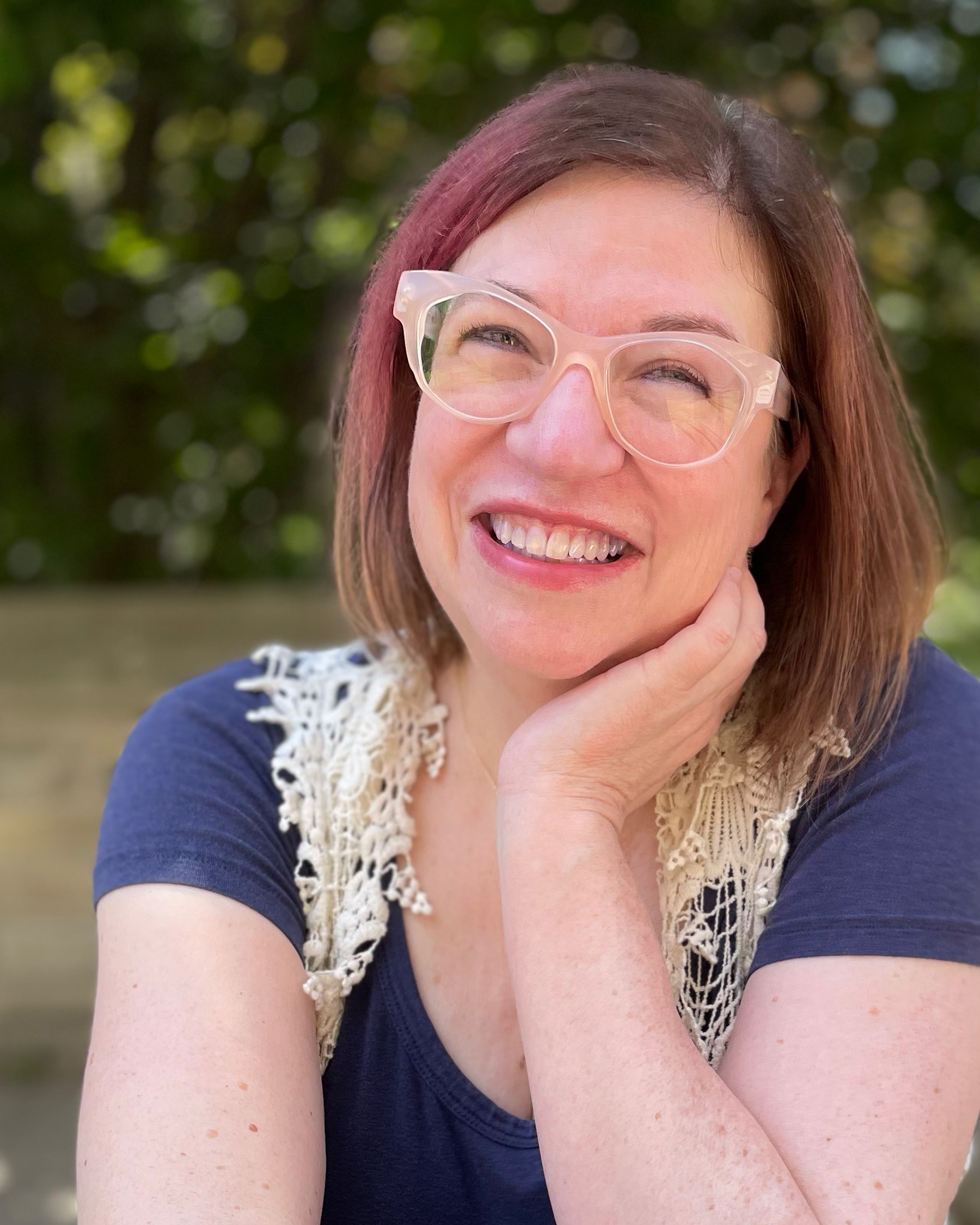
ISSAQUAH, WA (July 8, 2022) – Village Theatre today announces Adam Immerwahr (Washington DC’s Theater J) as its next Artistic Director and Laura Lee (Seattle’s ArtsWest) as its first-ever Managing Director. This news comes after the 2021 announcement of 43-year Executive Producer Robb Hunt’s planned retirement, and a national search led by Village Theatre’s Board of Directors in conjunction with Management Consultants for the Arts. Both leaders begin their work with Village Theatre this month. Their hiring marks a new beginning for Village Theatre’s leadership, moving from a single leader to a dual leadership model with a Managing Director and Artistic Director.
Board President Jill Klinge said, “The Board of Directors is thrilled to have Adam as our new Artistic Director. Along with his deep love of musical theatre we were impressed with his ability to envision the classic musical theatre canon in new and innovative ways. This combined with his passion for producing new works, made him a perfect fit for Village Theatre. The Board is equally impressed with Laura and her experience in theatre administration, her strong marketing and financial management skills, and her knowledge of the Puget Sound’s performing arts community. Adam and Laura were chosen from an extensive list of qualified candidates and as a team bring a unique energy, experience, and vision to Village Theatre and are positioned to steer the organization soundly into the future. We are excited for our community of artists and patrons to meet our new ‘dream team!’”
Adam Immerwahr comes to Village Theatre from Washington DC, where he served as Artistic Director of Theater J, the nation’s premier Jewish theater, for the past six and a half years. He has previously served as the Associate Artistic Director at McCarter Theatre, a Tony Award-winning theater in Princeton NJ, and as Resident Director of Passage Theatre in Trenton, NJ. Adam’s producing credits include new plays and musicals by some of the nation’s leading writers and directors. As a director, Adam’s work has been seen across the globe, from Aspen to Zimbabwe.
Laura Lee is an arts administrator and advocate that brings passion, energy, and kindness to her work. She offers over 30 years of non-profit service, strong financial acumen, fifteen plus years of marketing, PR, and fundraising experience – last with ArtsWest, and previously with her own sports production company.
Artistic Director Adam Immerwahr said, “I am humbled and honored to be the next Artistic Director at Village Theatre. Musical theater was how I fell in love with theater as an art form, and I’m thrilled to be returning to it. Over the past four decades, Village has become a leader in arts education, in the development of new musical theater, and in creating productions that delight and enthrall its audiences; I know we will continue to build upon that incredible legacy. I look forward to partnering with Laura Lee, the staff, and Board to ensure that Village is a welcoming, caring, and equitable home for our audience, our artists, and all who work with us.”
Managing Director Laura Lee said, “I am so incredibly excited to be joining Adam Immerwahr, the Village Theatre Board and Staff, and the broader Village Community at this pivotal moment in the history of this theatre. As a passionate lover of musical theatre, a believer that theatre needs new works to stay relevant, and as a mom and theatre administrator who knows the power of arts education, I am so honored to be joining this organization. I am extending my gratitude to both Robb Hunt for his many, many years of service and to the Board for recognizing the skills and varied experiences that I will bring with me to Village Theatre. I am both humbled and energized by the privilege and responsibility that comes with this position.”
Outgoing Executive Producer Robb Hunt shared, “I’m grateful to our Board and leadership staff for the time and care they put into the search for our new leaders. I am excited that we have found such an outstanding team in Adam and Laura and would like to offer my congratulations. I look forward to working with them during this time of transition and cannot wait to see what the future will hold for our artists, our staff, and our patrons under their leadership.”
ABOUT ADAM IMMERWAHR
Adam Immerwahr (Artistic Director) comes to Village Theatre from Washington DC, where he served as Artistic Director of Theater J, the nation’s premier Jewish theater. He has previously served as the Associate Artistic Director at McCarter Theatre, a Tony Award-winning theater in Princeton NJ. He is also the former Resident Director of Passage Theatre, in Trenton, NJ. Adam has served on the producing team of multiple productions that have transferred to Broadway and Off-Broadway, including the world premiere of Christopher Durang’s Vanya and Sonia and Masha and Spike (Tony Award for Best Play). Other notable producing credits include Fiasco Theater’s Into the Woods (McCarter Theatre, The Old Globe, the Roundabout, the West End, national tour); the original developmental production of Danai Gurira’s Eclipsed, directed by Liesl Tommy (a subsequent Broadway production garnered six Tony Award nominations); and the world premieres of Ken Ludwig’s Baskerville and A Comedy of Tenors, Stephen Wadsworth’s The Figaro Plays, and Tarell McCraney’s Marcus; or the Secret of Sweet, as well as world premieres by Edward Albee, John Guare, Marina Carr, and Will Power. Directors whose work he has produced or associate produced include Roger Rees, Nicholas Martin, Rebecca Taichman, Tina Landau, Des McAnuff, Sam Buntrock, Liesl Tommy, John Doyle, Mary Zimmerman, Stephen Wadsworth, Phylicia Rashad, John Kani, Amanda Dehnert, and Aaron Posner. Adam has directed at some of the top theaters in the country, including The Public and Theater Row (both for Summer Play Festival), Ensemble Studio Theatre, Walnut Street Theatre, Woolly Mammoth, McCarter Theater, Cleveland Play House, Theater J, Passage Theater, Luna Stage, Hangar Theater, Bristol Riverside, and many others. Internationally, he directed the African premiere of The Convert (nominated for Zimbabwe’s National Arts Medal). He serves on the Executive Committee of the Board of the Alliance for Jewish Theater, and is an inaugural member of the Drama League Director’s Council. Adam is a graduate of Brown University, where he studied both Theater and Renaissance/Early Modern Studies.
ABOUT LAURA LEE
Laura Lee is an arts administrator and advocate that brings passion, energy, and kindness to her work. She offers over 30 years of non-profit service, strong financial acumen, fifteen plus years of marketing, PR, and fundraising experience – last with ArtsWest, and previously with her own sports production company. Over the past nine and a half years with ArtsWest, she turned her attention to the care and comfort of the company, the rebranding and solidification of the financial and administrative processes, marketing, fundraising, HR, facility and production support. Prior to the COVID shuttering, subscriptions grew 300%, contributed revenue over 65%, and the donor base was vastly broadened. During her tenure, ArtsWest became a Small Professional Theater with the Actors’ Equity Association, took full ownership of their building, and retired all debt. As the founder of Production Sports, Laura was the first to bring elite, international, network-televised events to Everett, WA with 2008 Skate America. This event was followed by further Olympic-level competitions both with US Figure Skating and USA Gymnastics. She provided media and PR supervision at the 2009 World Figure Skating
Championships and the 2012 US Olympic Diving Team Trials. She is proud to have established a sports legacy within Everett and Snohomish County. Laura resides in Monroe, WA with her husband and her dog. She is a mother of four children, who are now grown and flown.
ABOUT THEATER J
Theater J is a nationally-renowned, professional theater that celebrates, explores, and struggles with the complexities and nuances of both the Jewish experience and the universal human condition. Their work illuminates and examines ethical questions of our time, inter-cultural experiences that parallel our own, and the changing landscape of Jewish identities. As the nation’s largest and most prominent Jewish theater, they aim to preserve and expand a rich Jewish theatrical tradition and to create community and commonality through theater-going experiences.
ABOUT THE EDLAVITCH DCJCC
Theater J is a proud program of the Edlavitch DC Jewish Community Center (EDCJCC). Guided by Jewish values and heritage, the Edlavitch DC Jewish Community Center engages individuals and families through its cultural, recreational, educational, and social justice programs by welcoming people of all backgrounds to connect, learn, serve, and be entertained together in ways that reflect the unique role of the Center in the nation’s capital.
ABOUT ARTSWEST
ArtsWest is a vibrant center for both theater and visual arts located in the West Seattle Junction. This 149-seat theatre provides a unique setting for audiences and artists as stories of human emotion unfold in an intimate space. Winner of the American Theatre Wing’s 2012 National Theatre Company Award, and winner of multiple Gregory Awards, ArtsWest has produced work by such varied playwrights as Dominique Morisseau, Henrik Ibsen, Annie Baker, Branden Jacobs-Jenkins, Taylor Mac, and David Henry Huang. ArtsWest produces artistic events that provoke conversation, incite the imagination, and use live theater as a powerful agent of change.
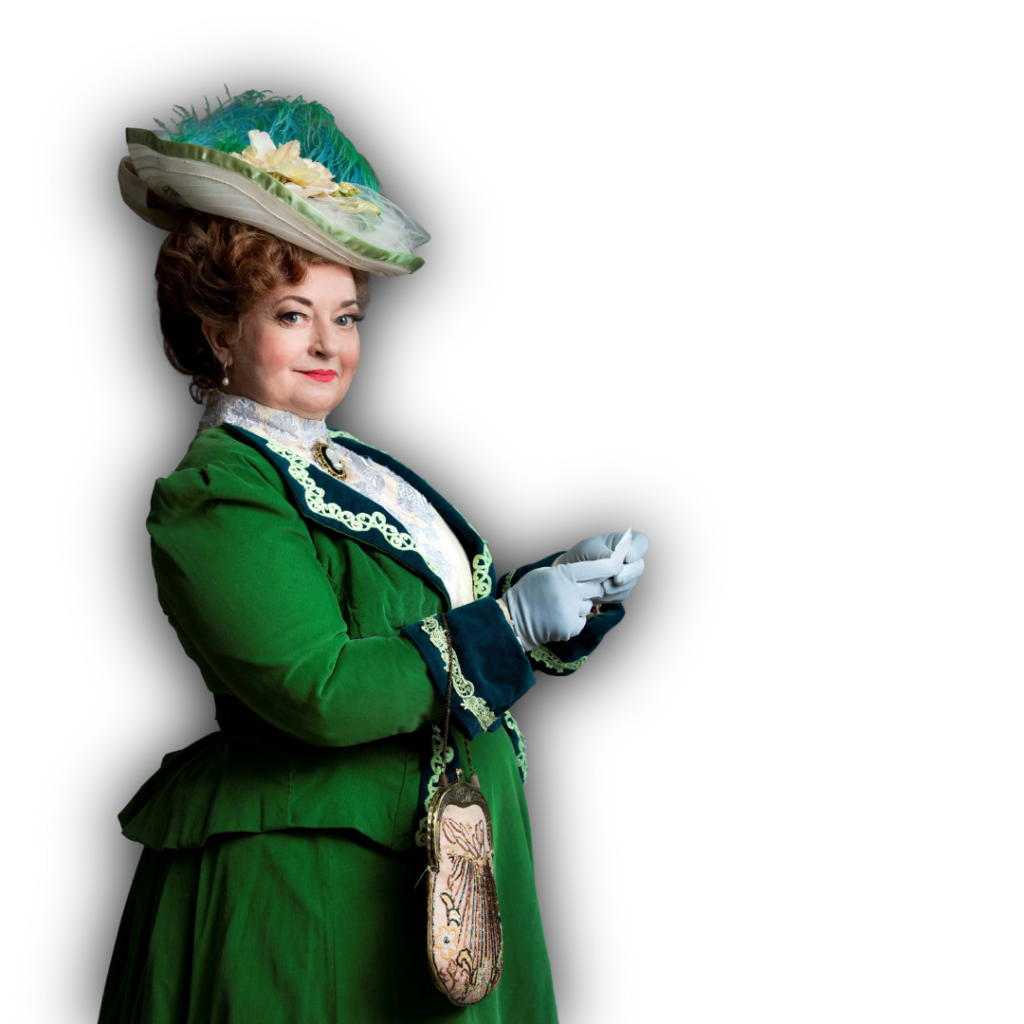

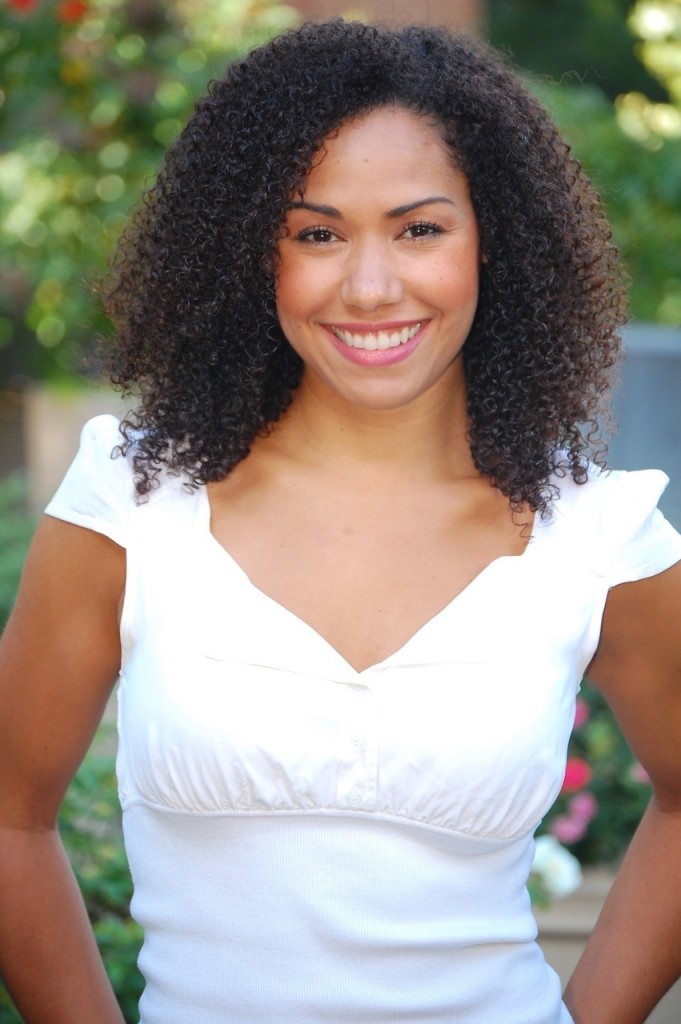

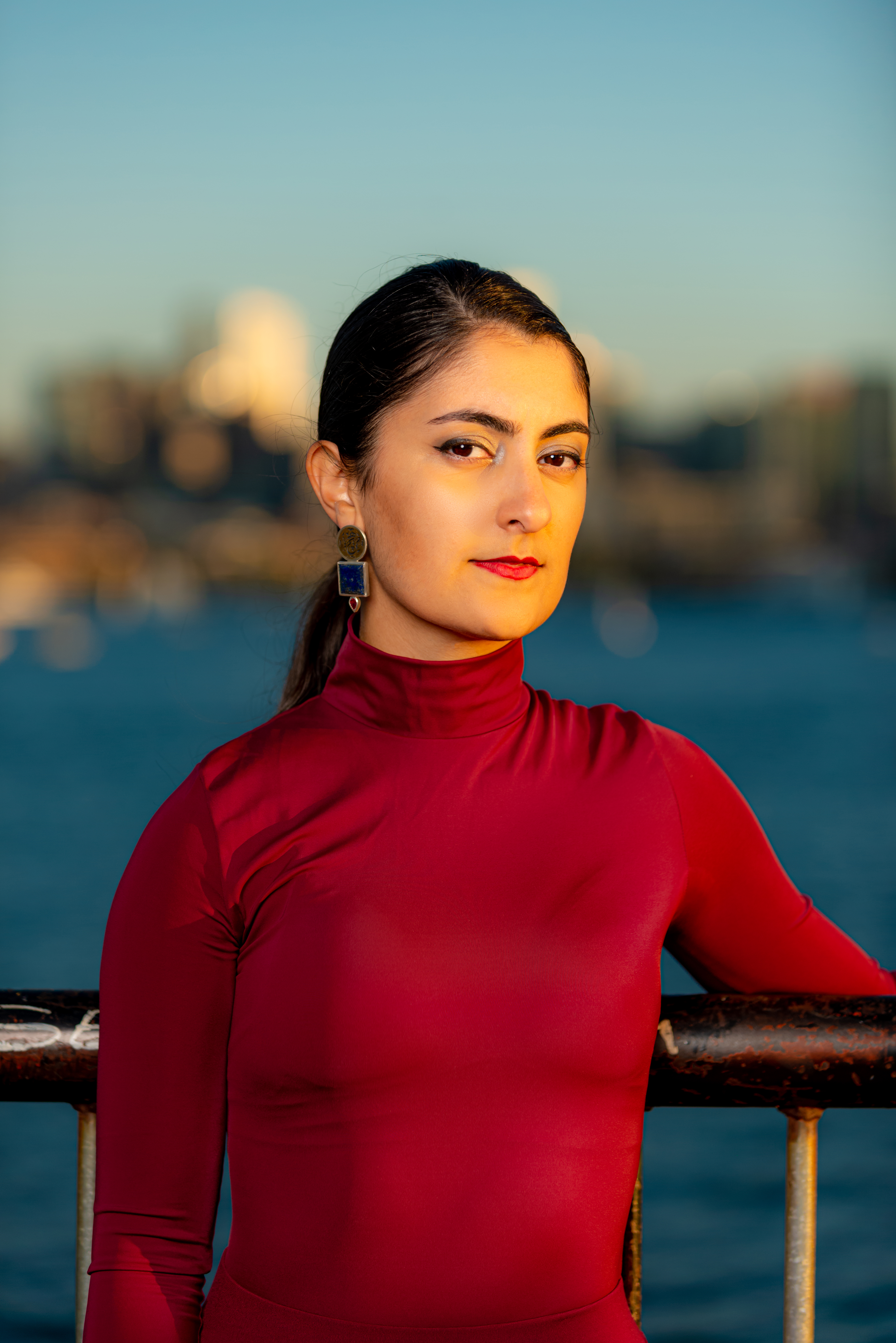
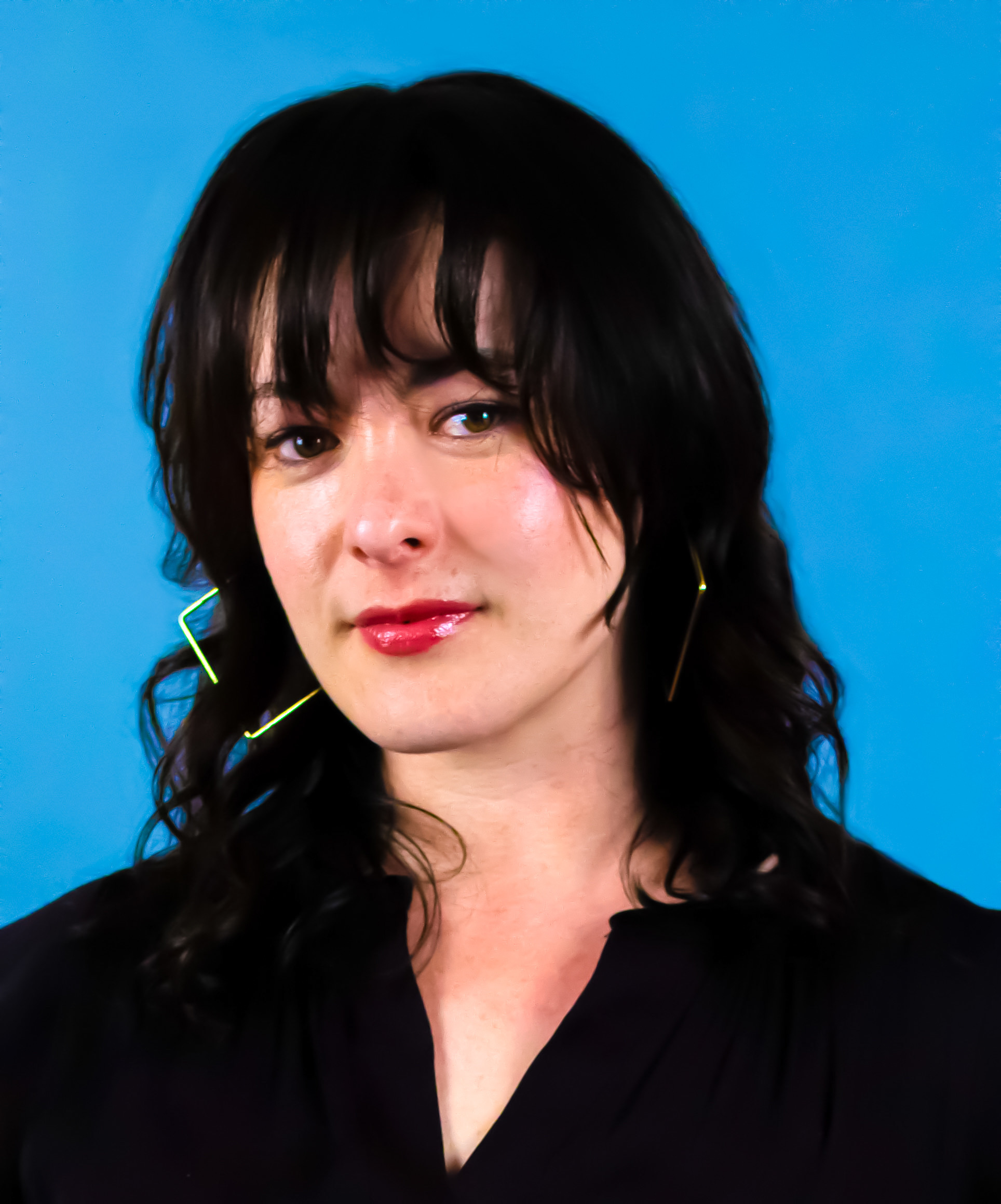


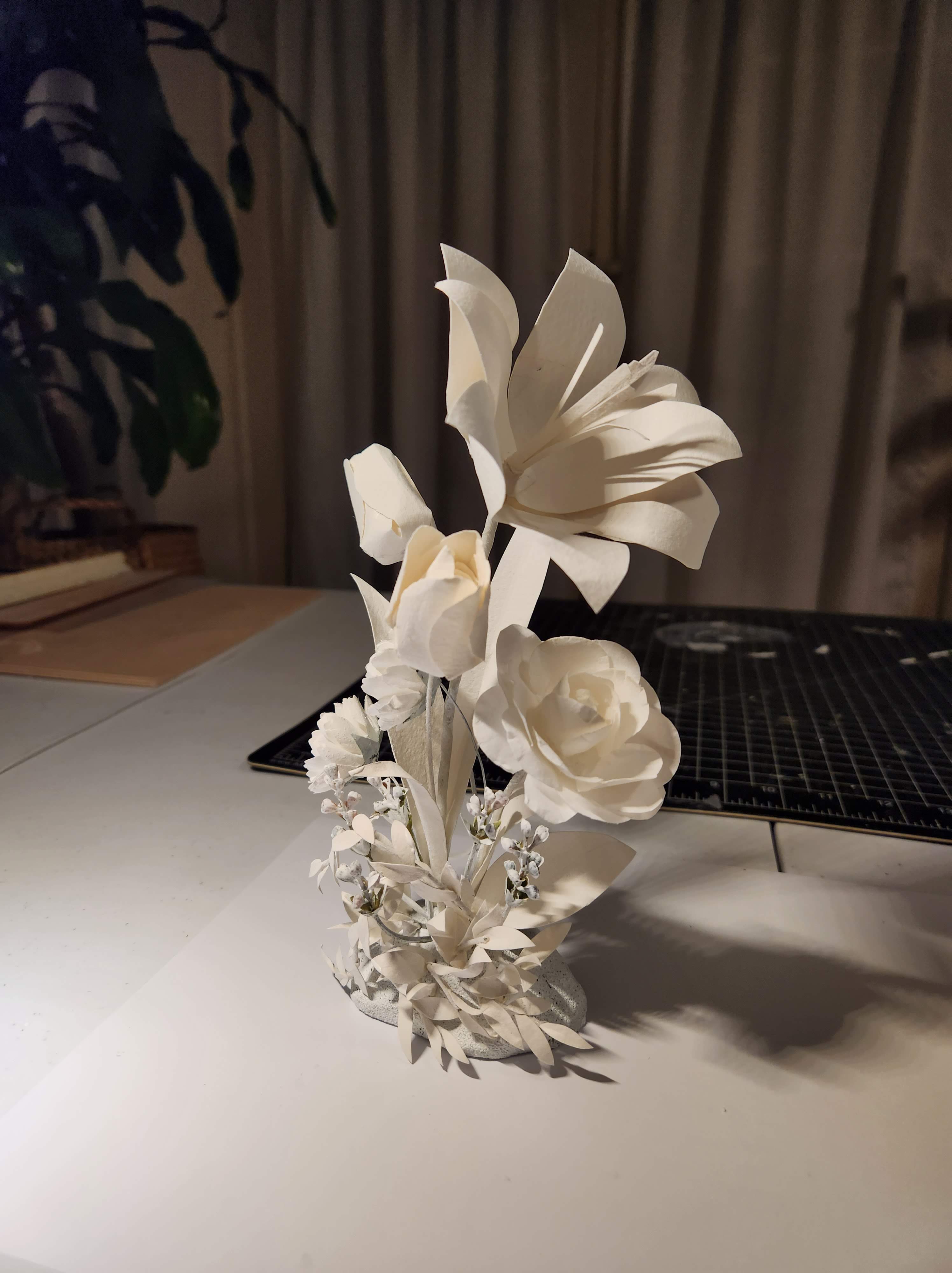
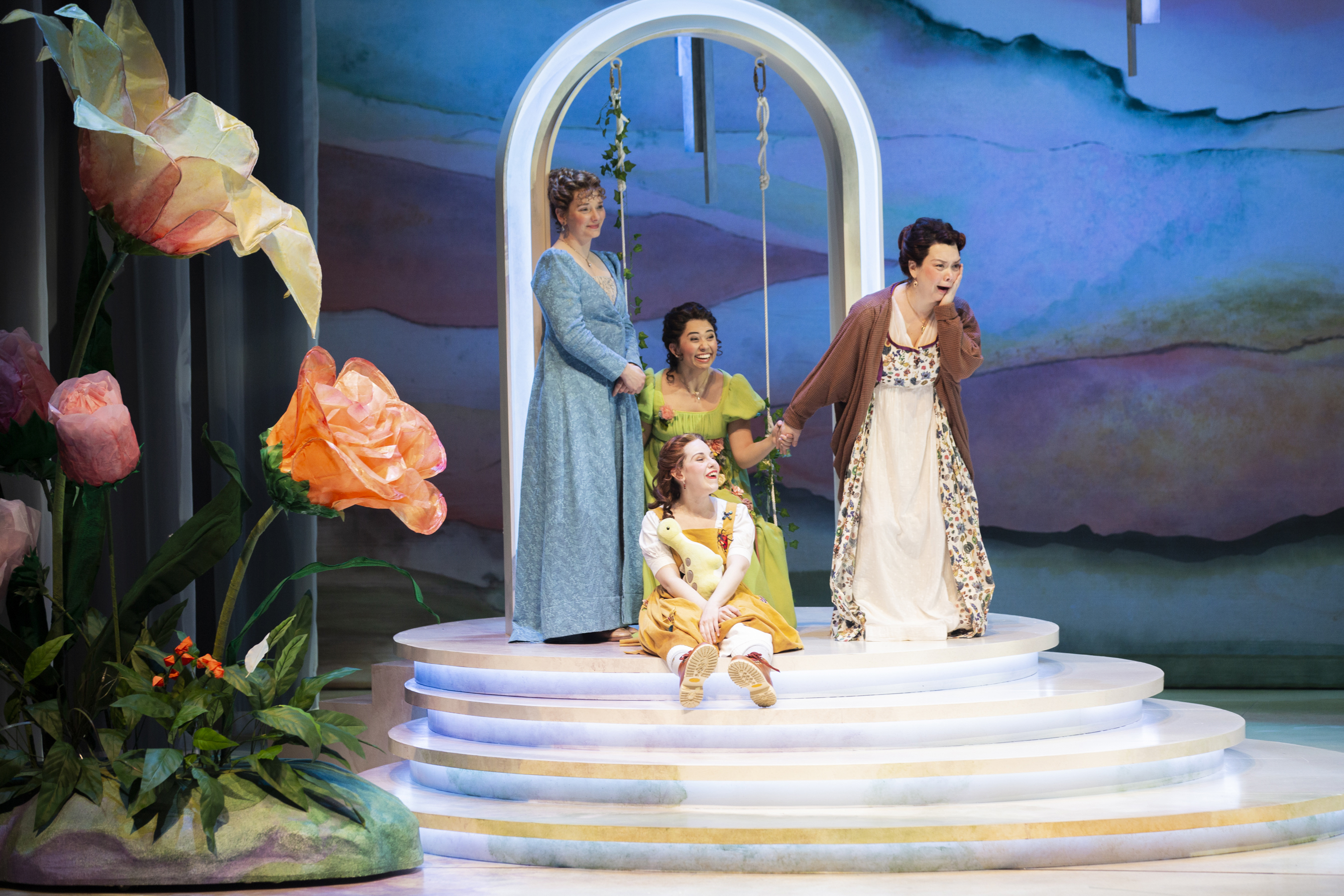
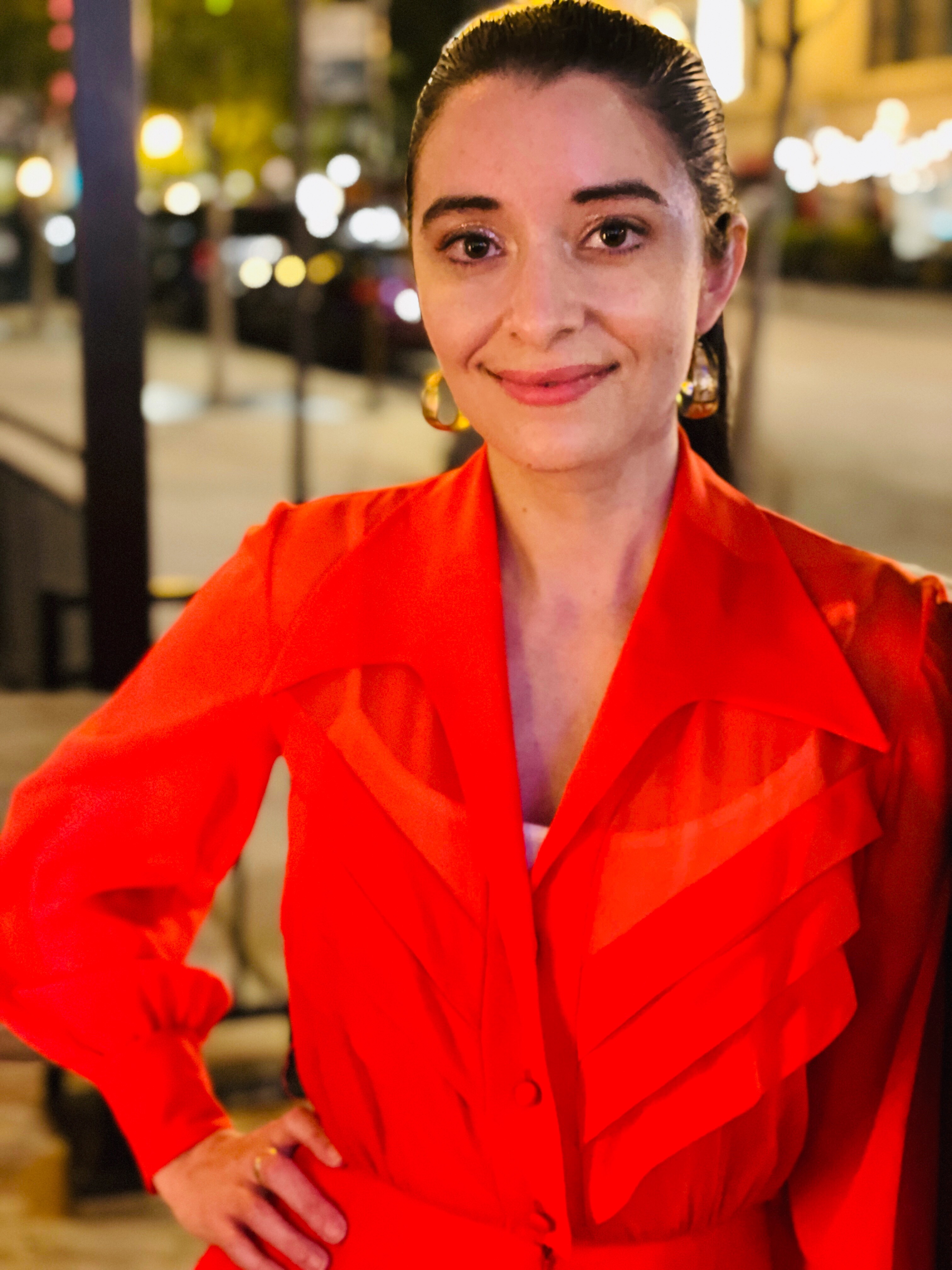
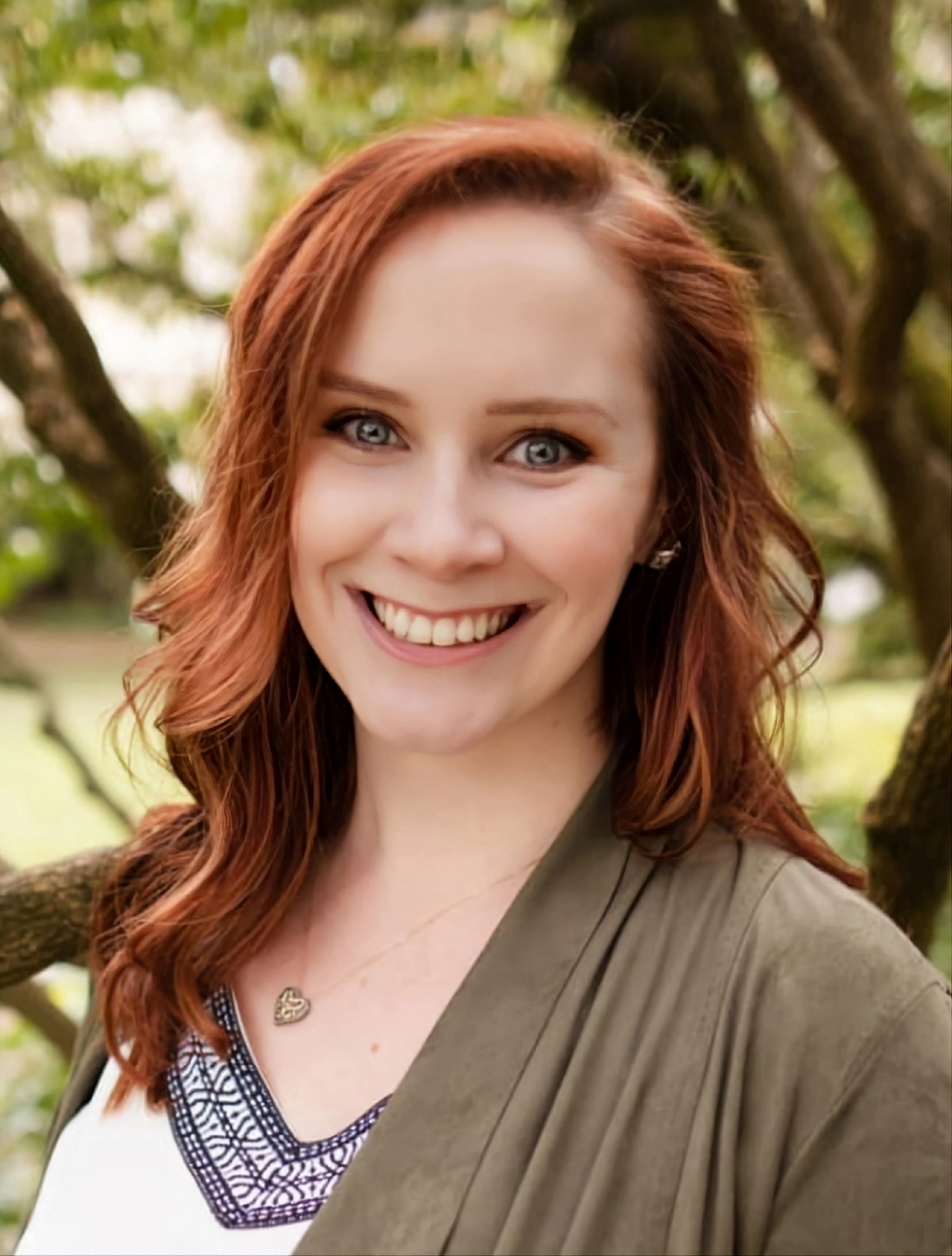
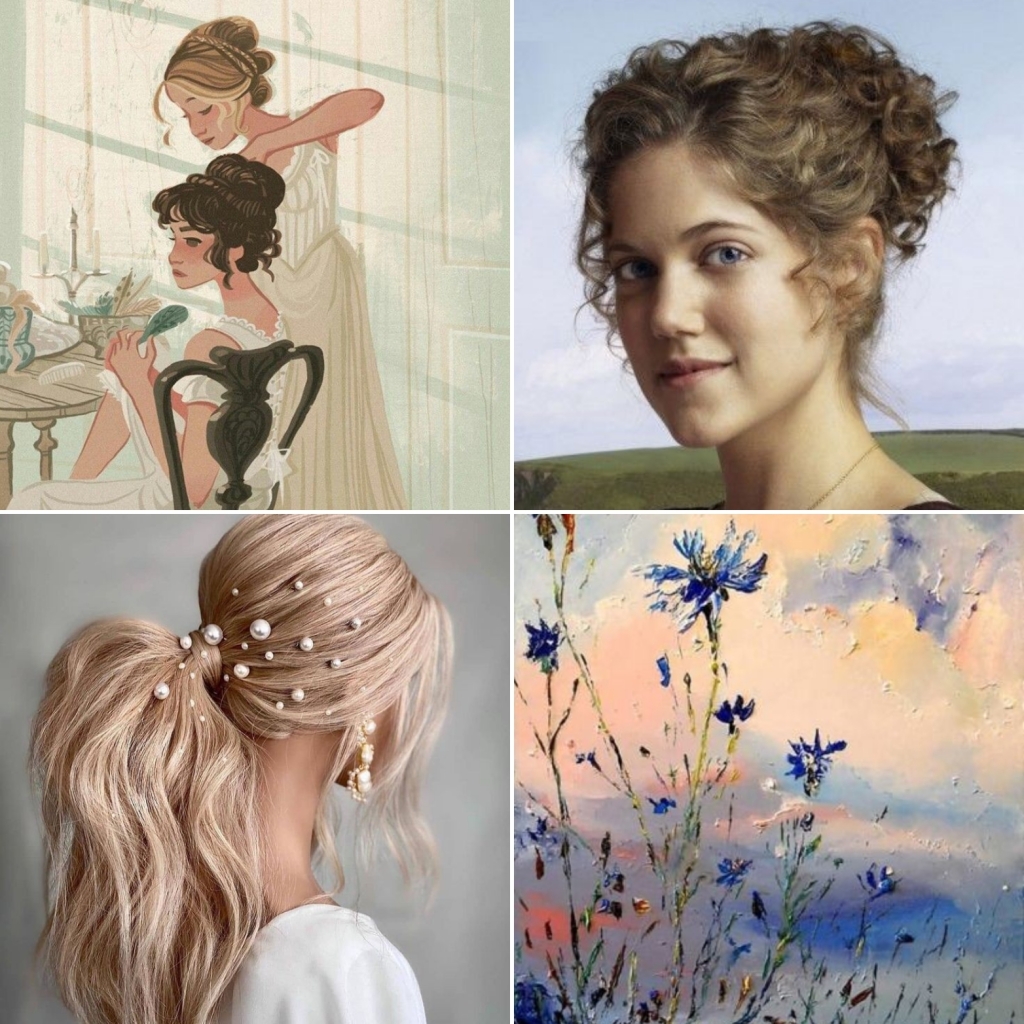
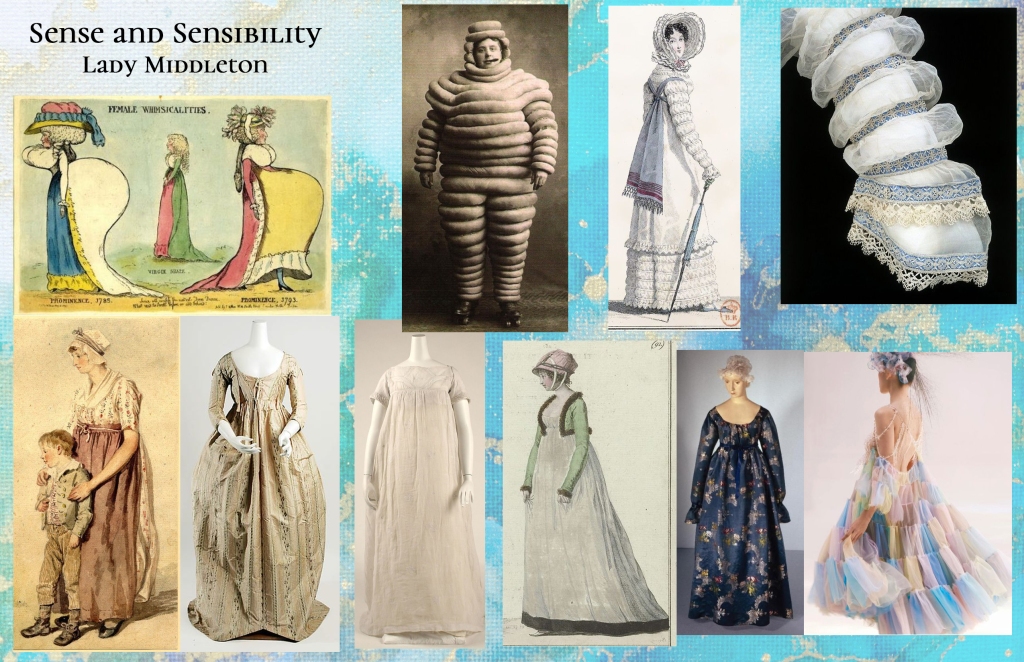
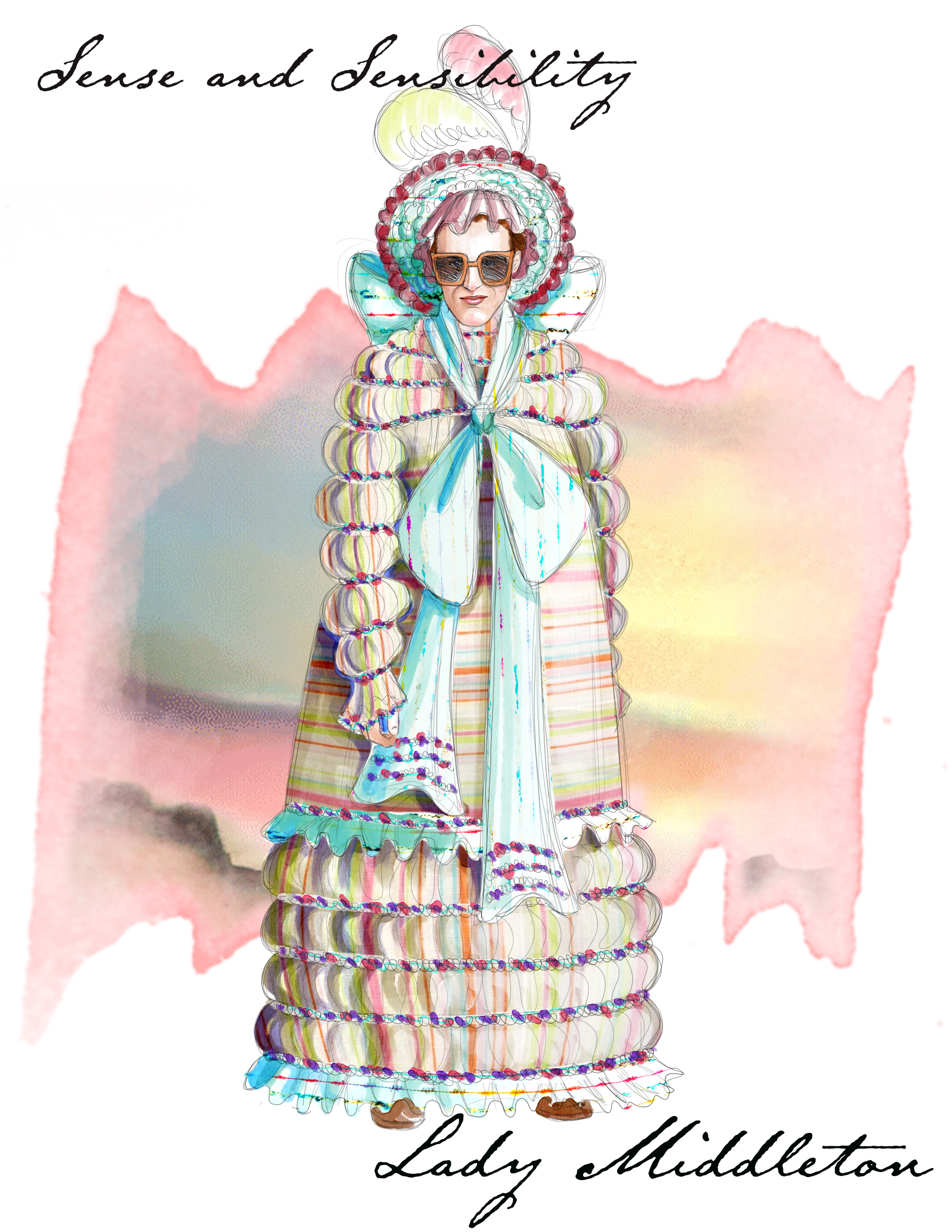
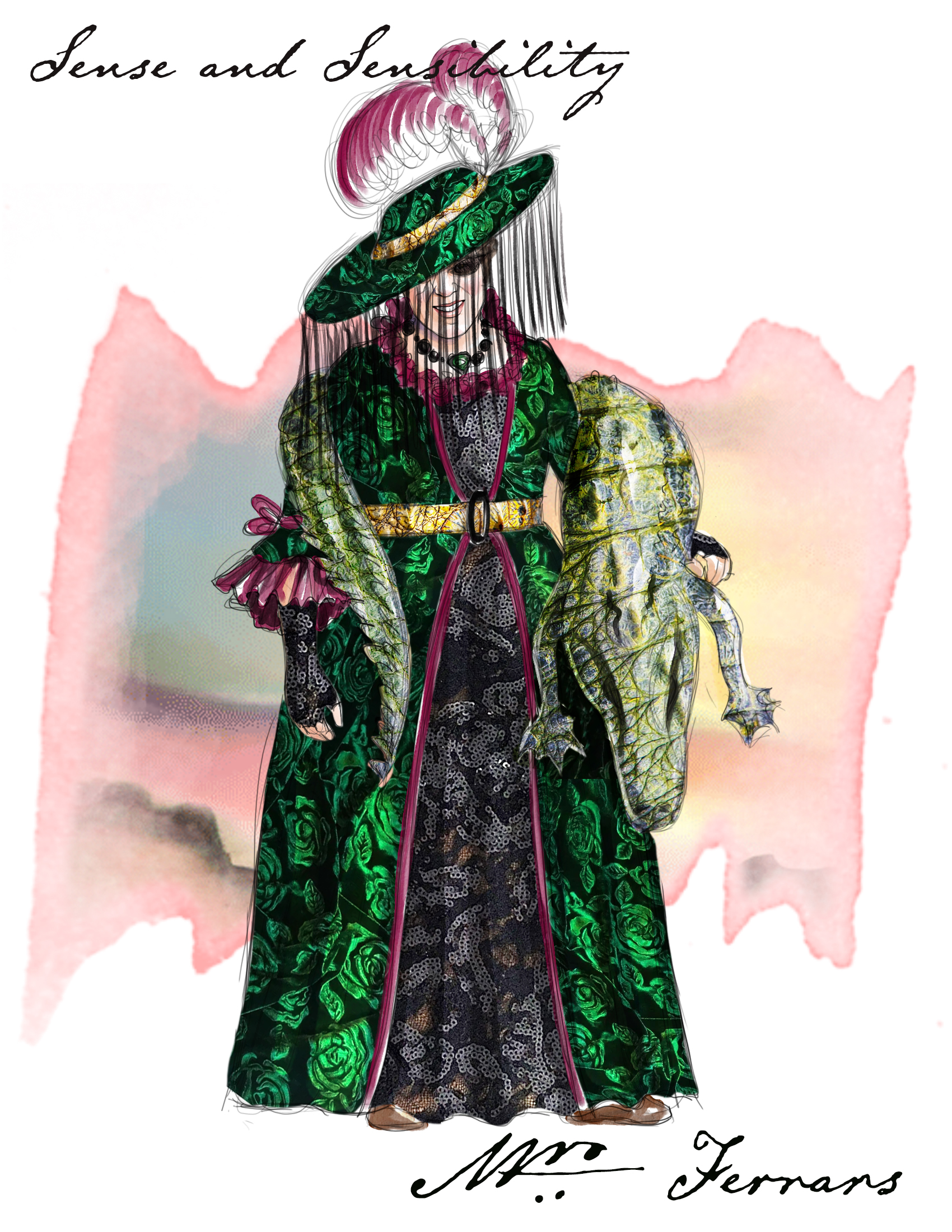

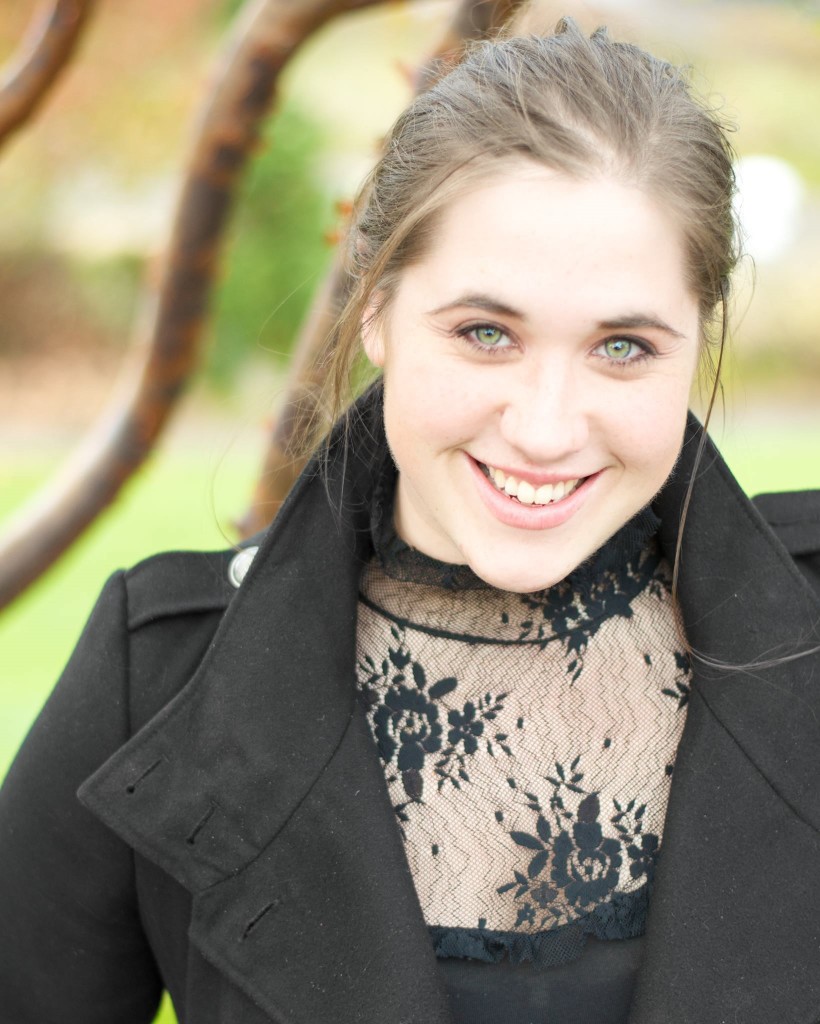
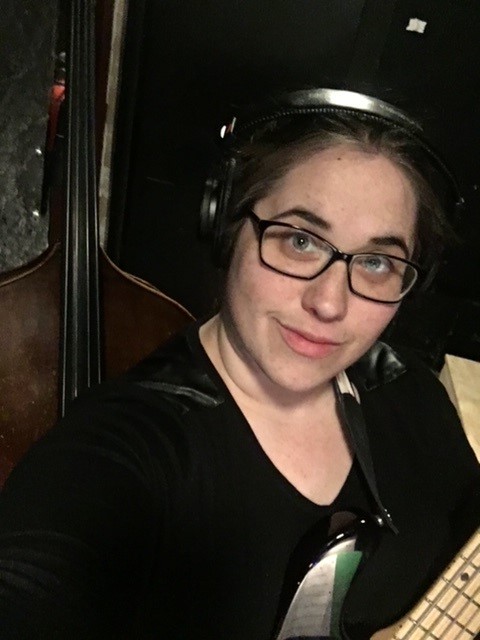
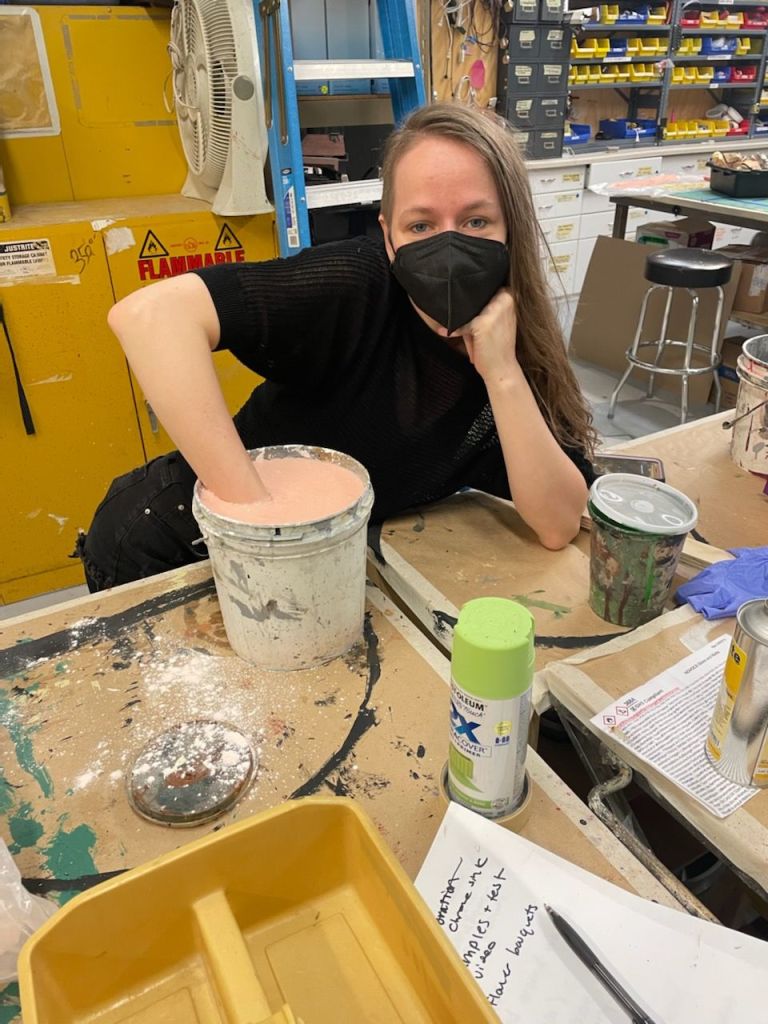
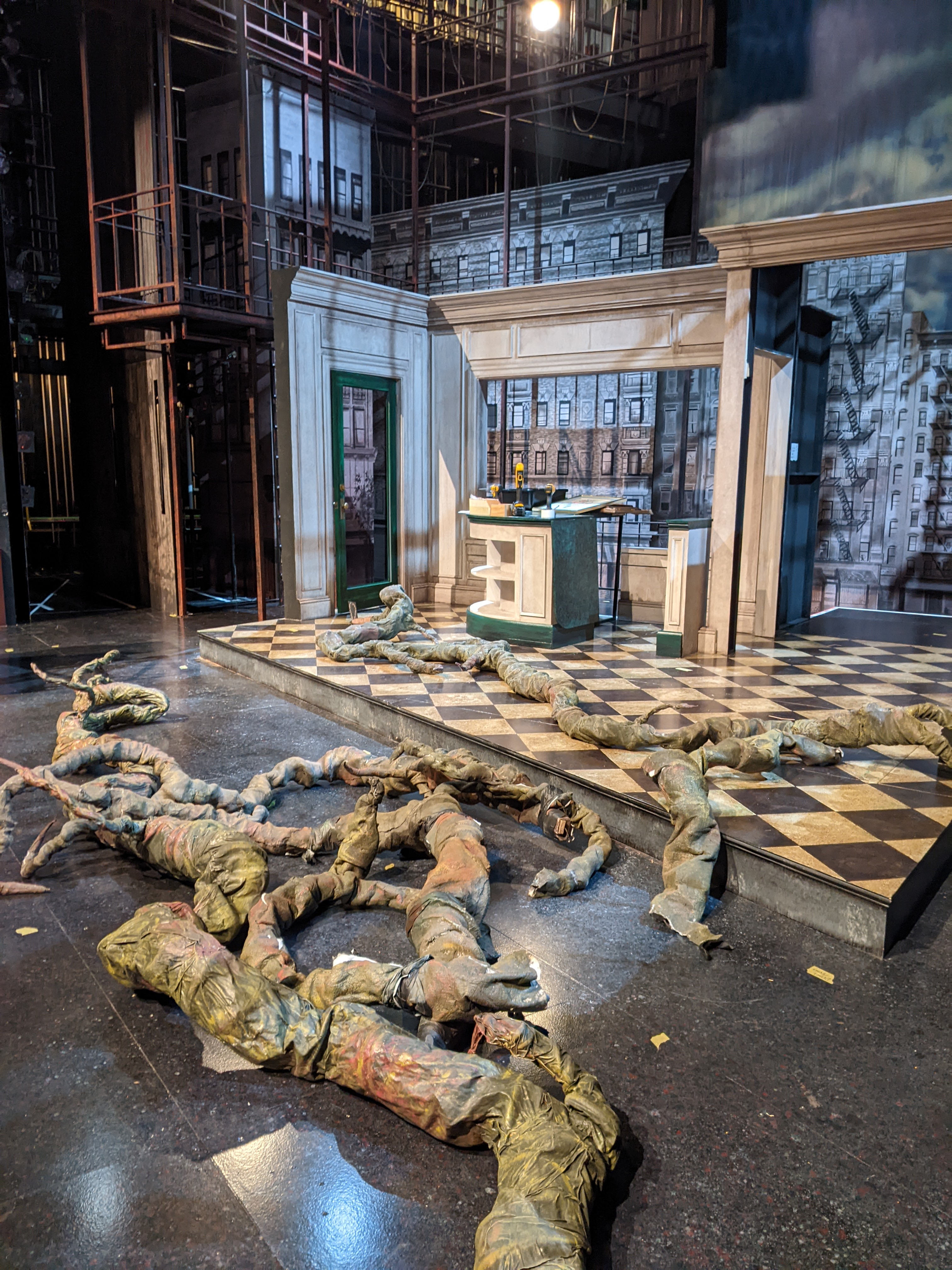
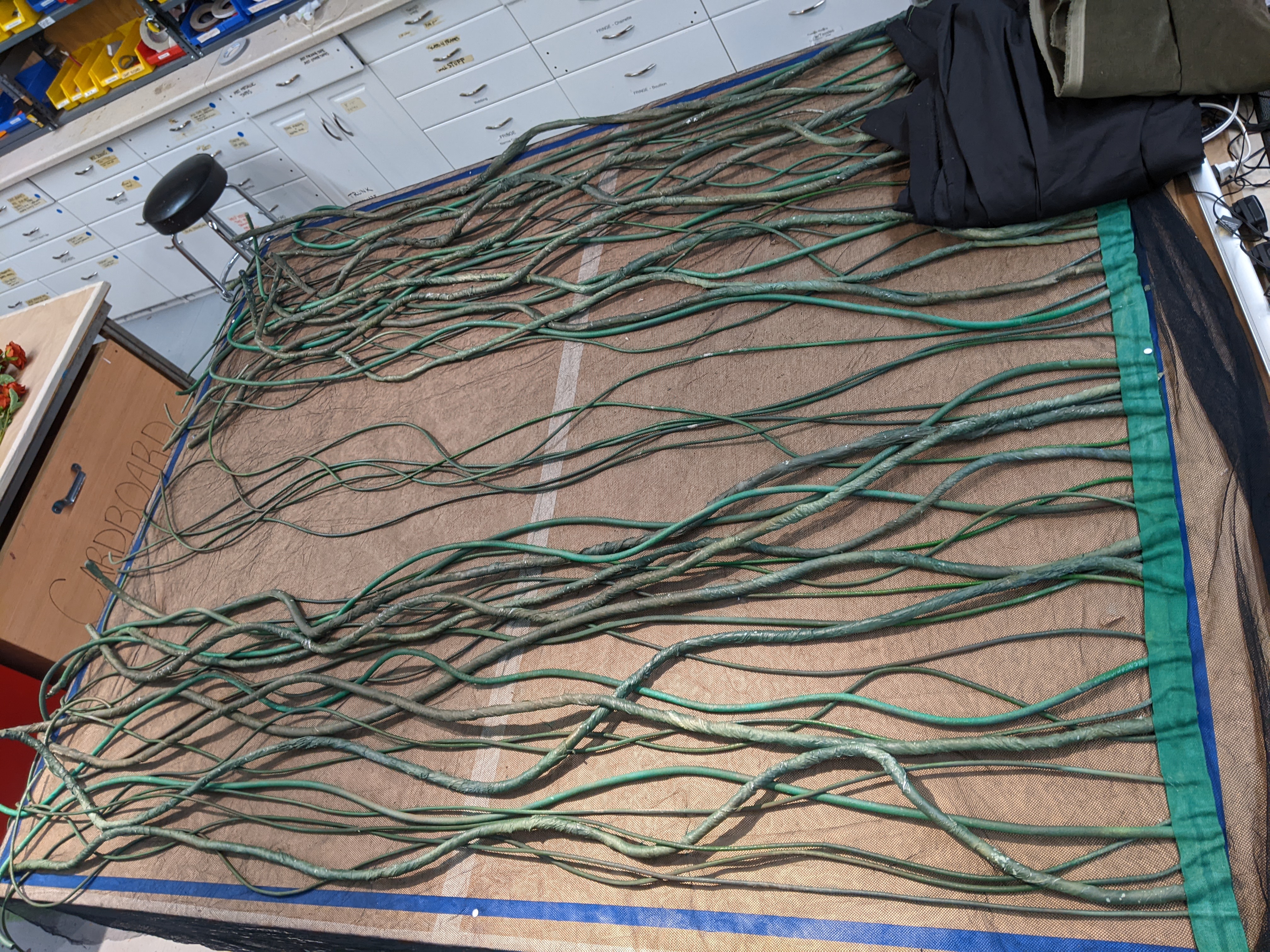
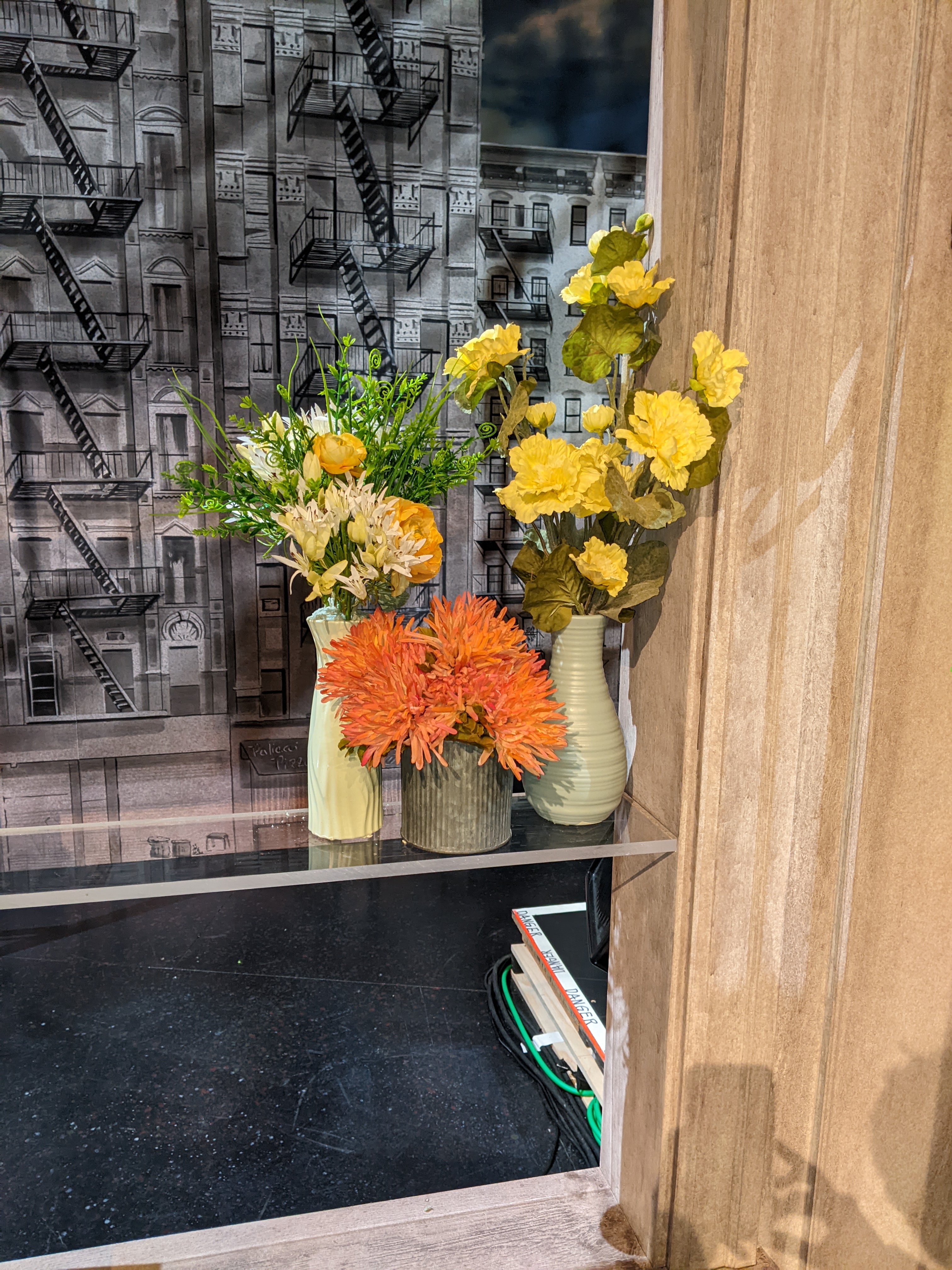
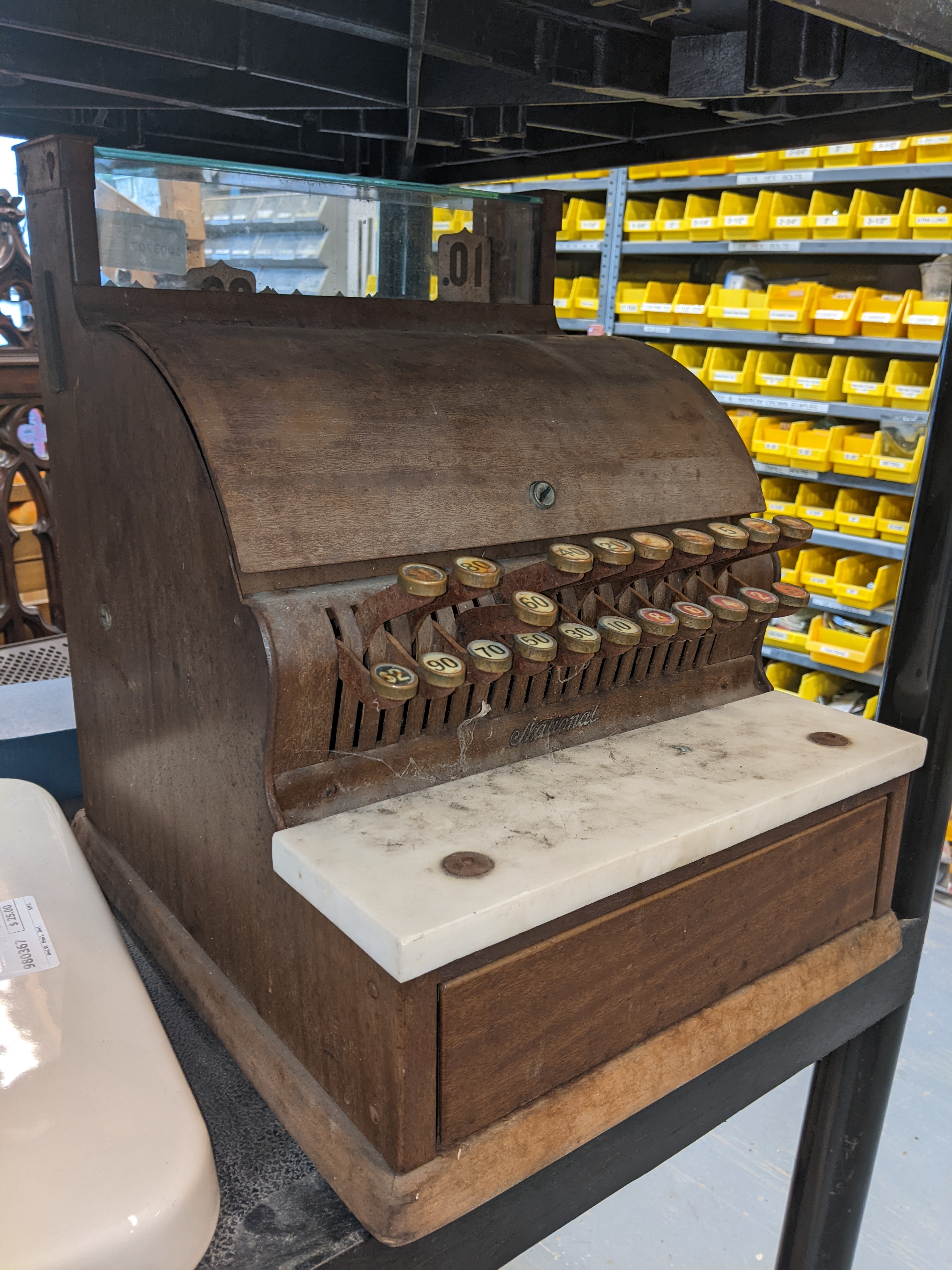
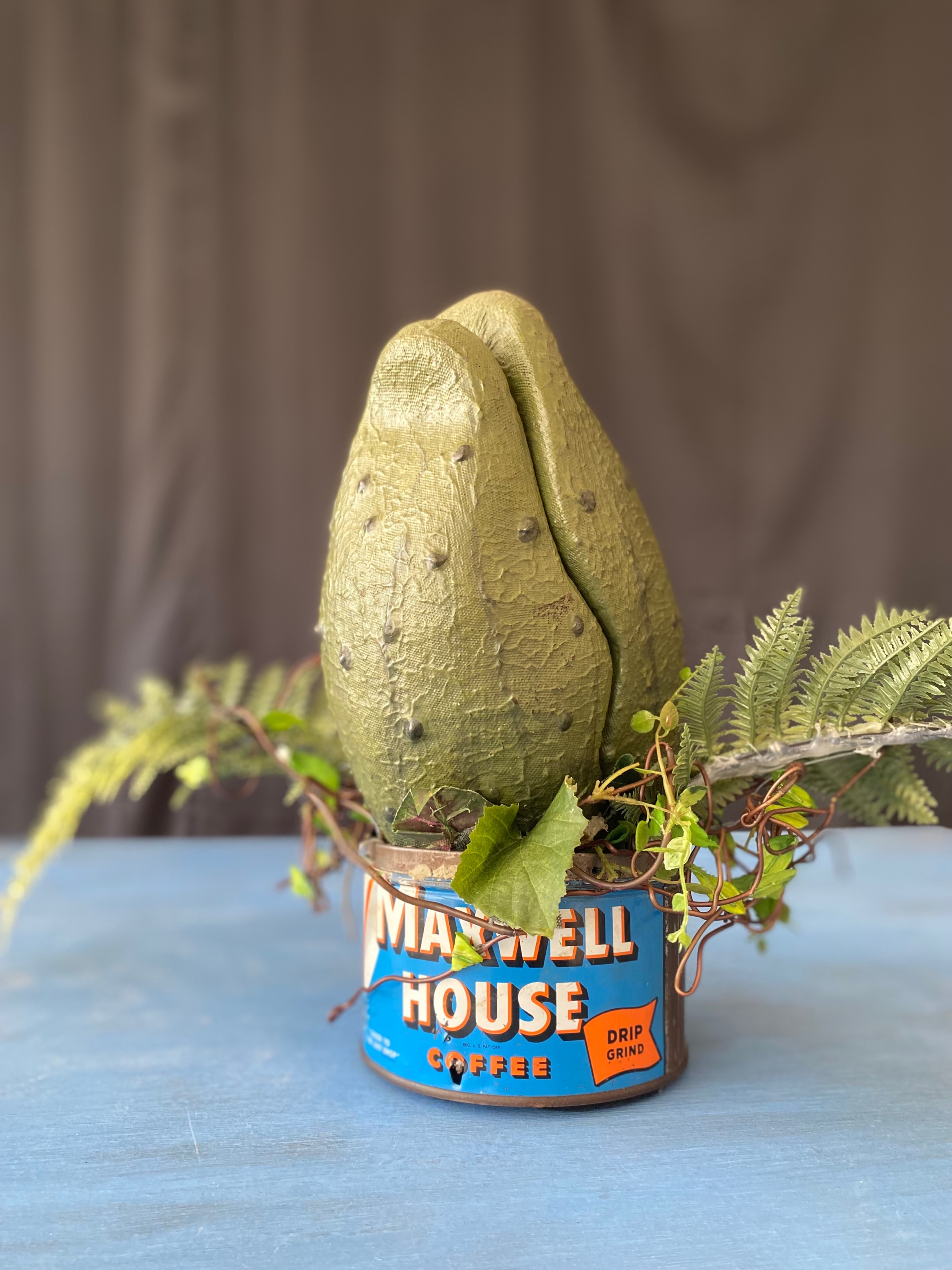
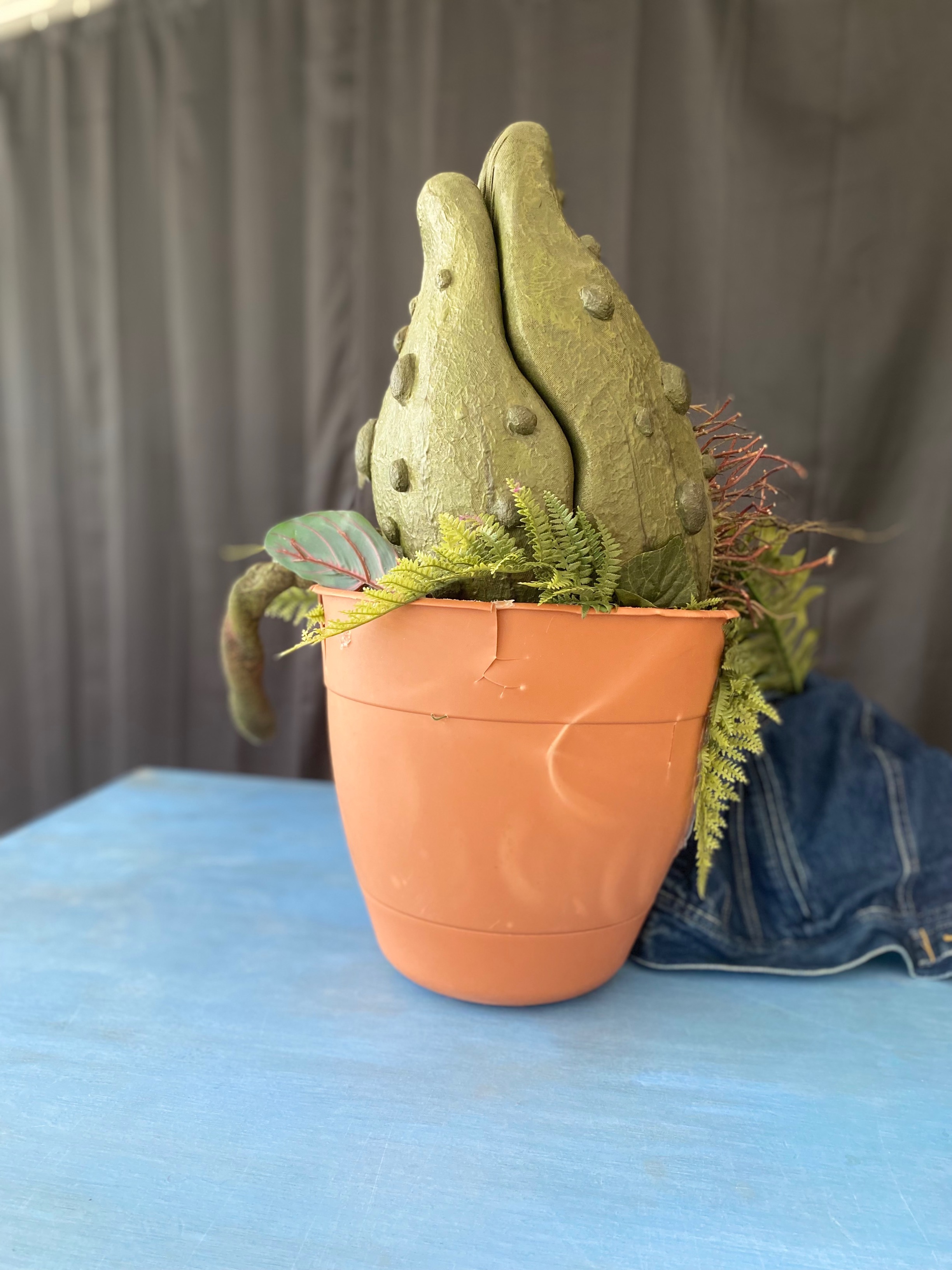
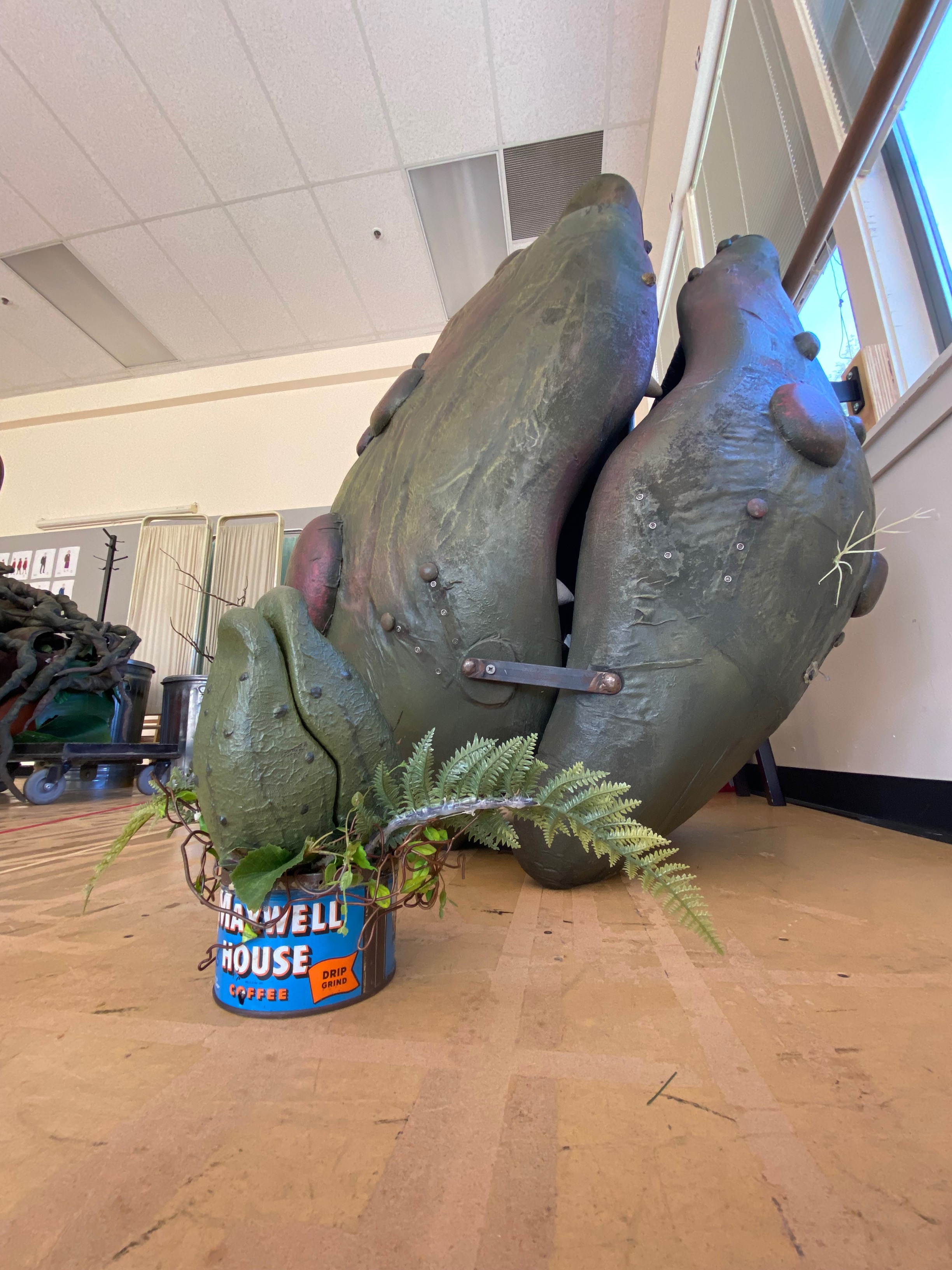
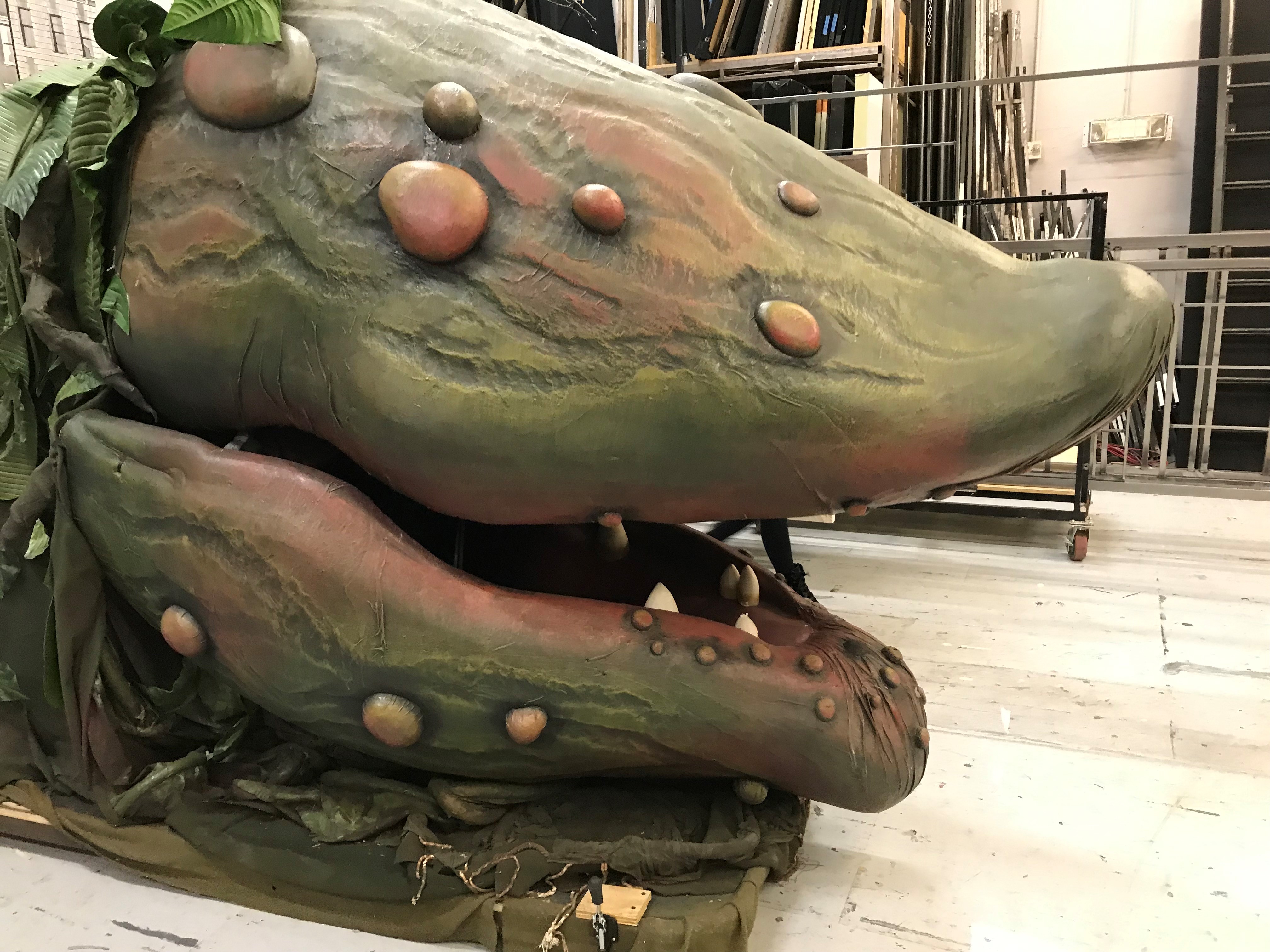
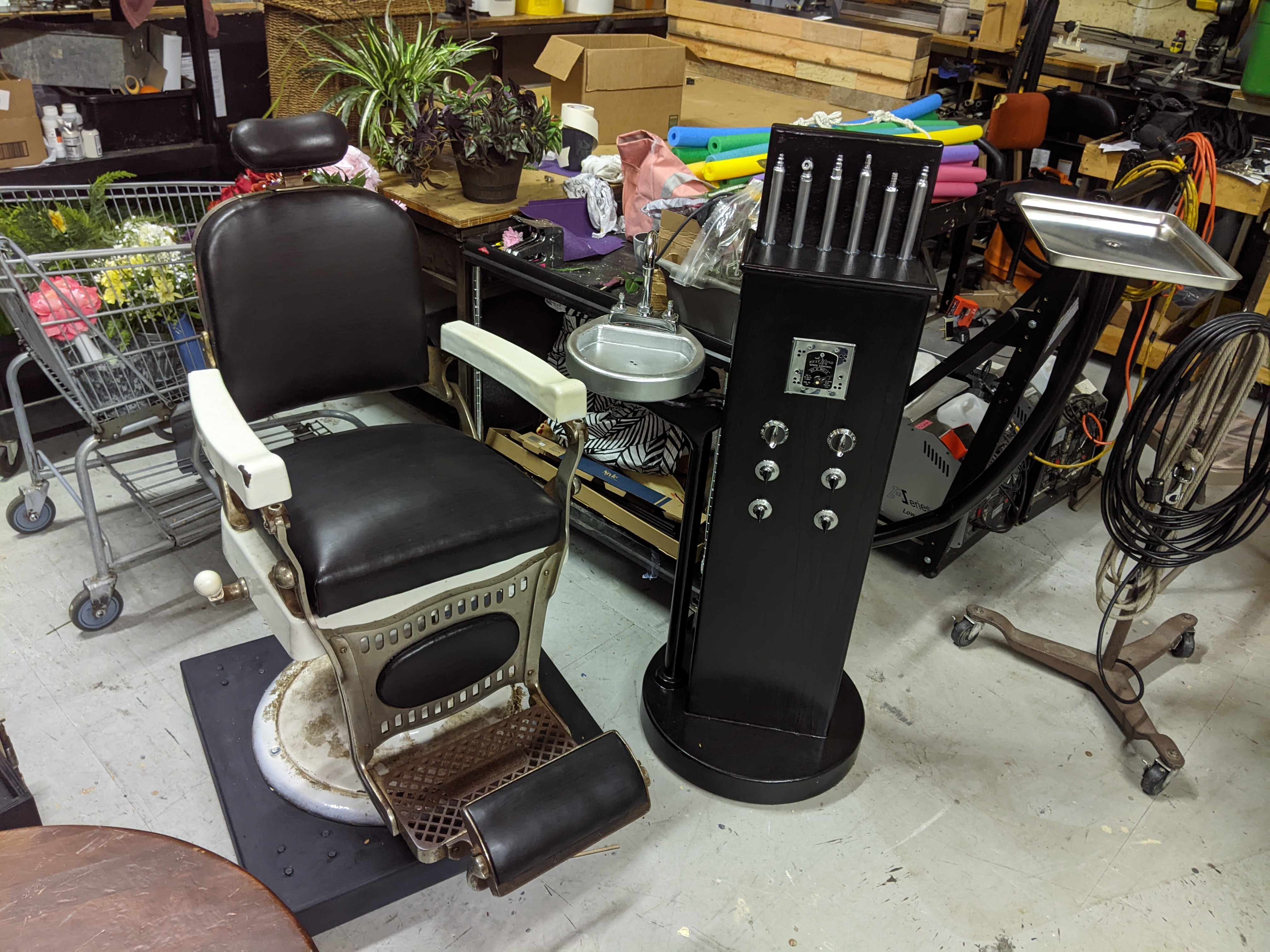
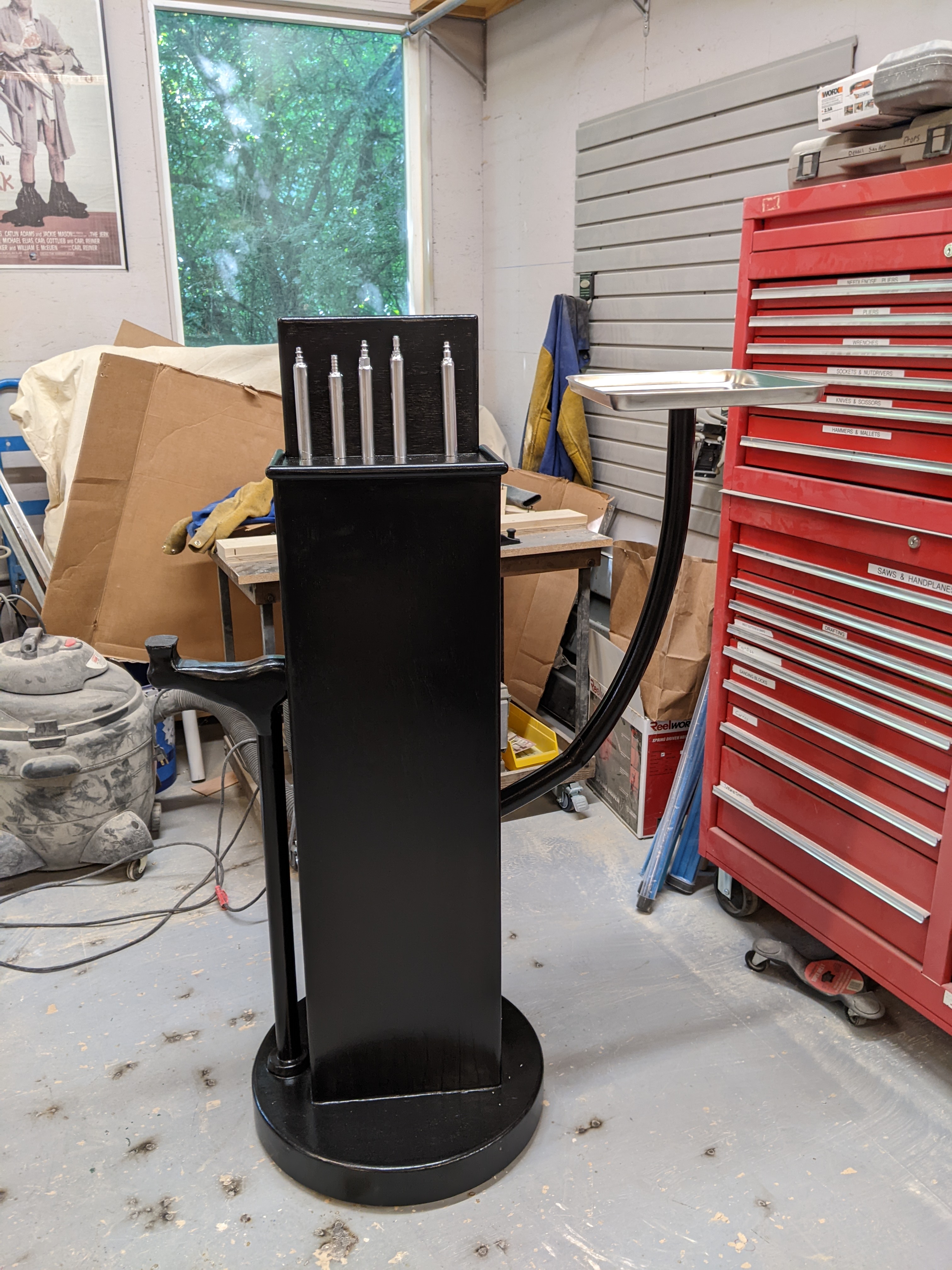
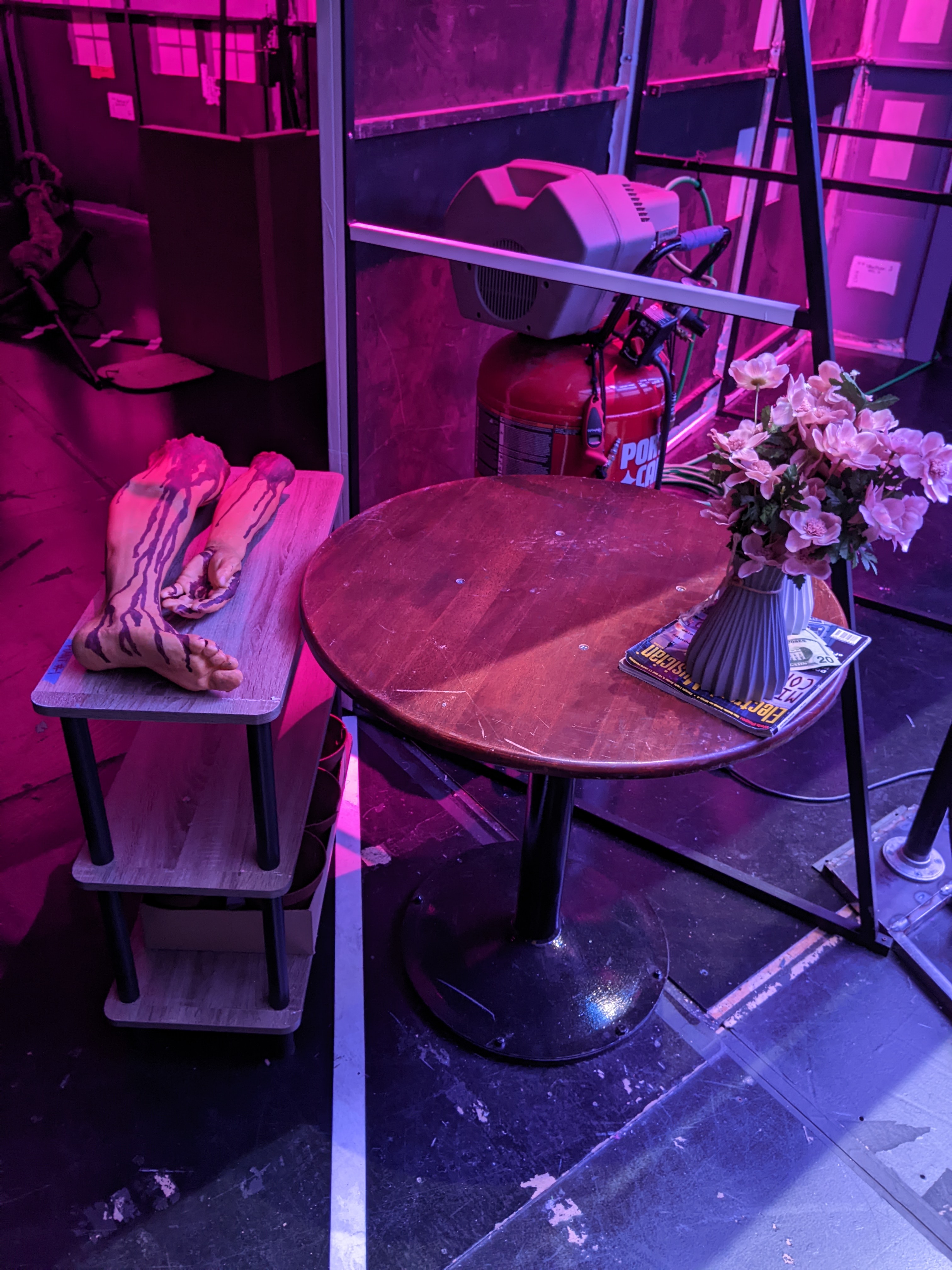
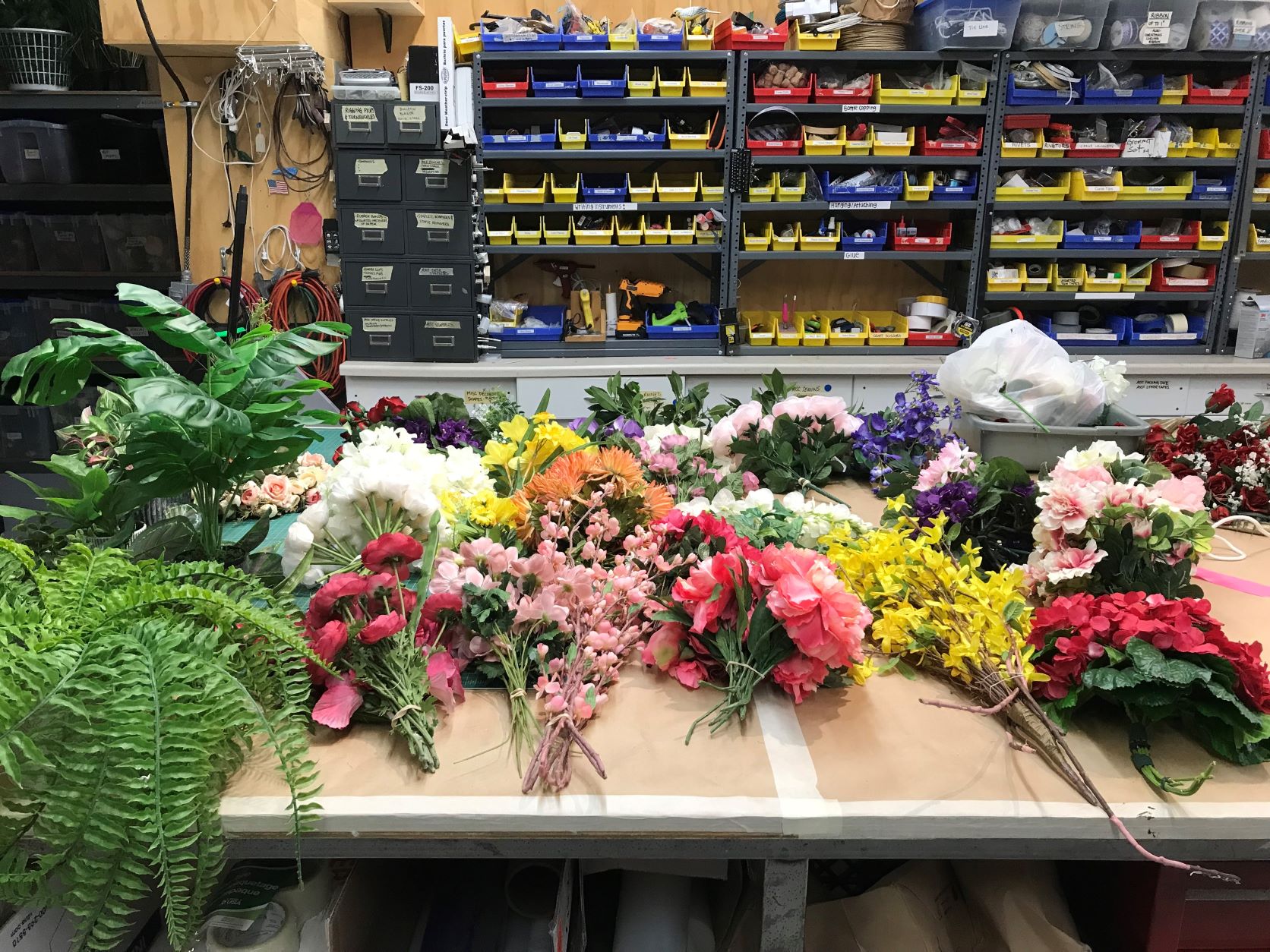
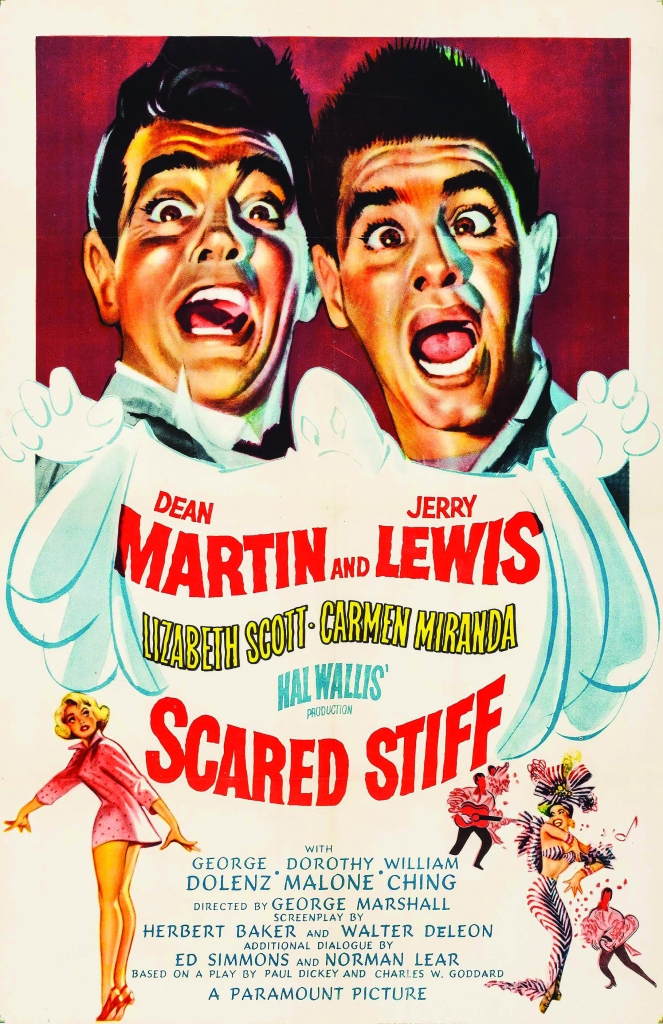
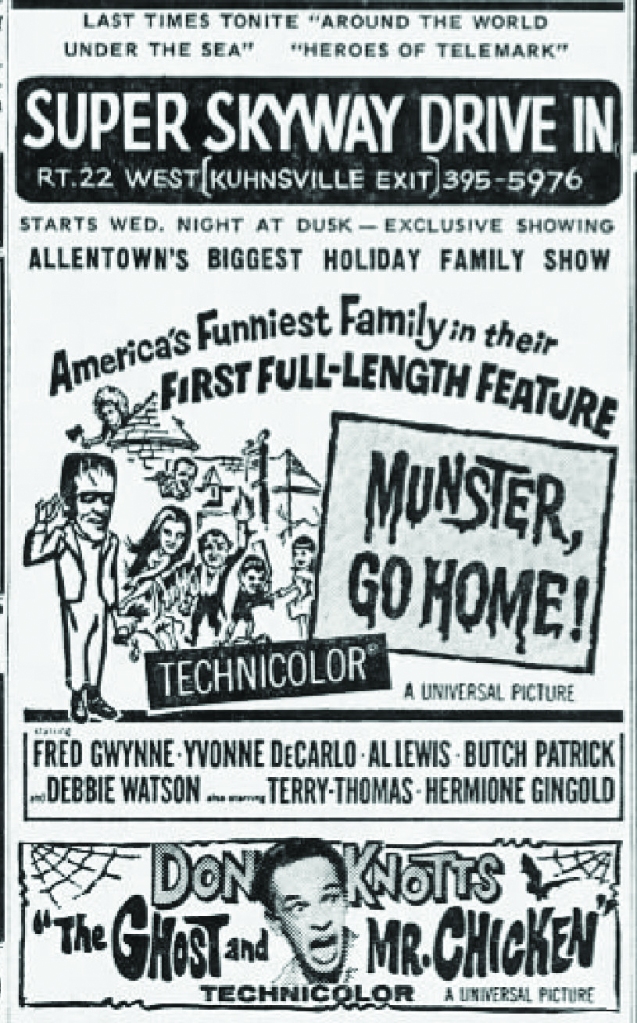
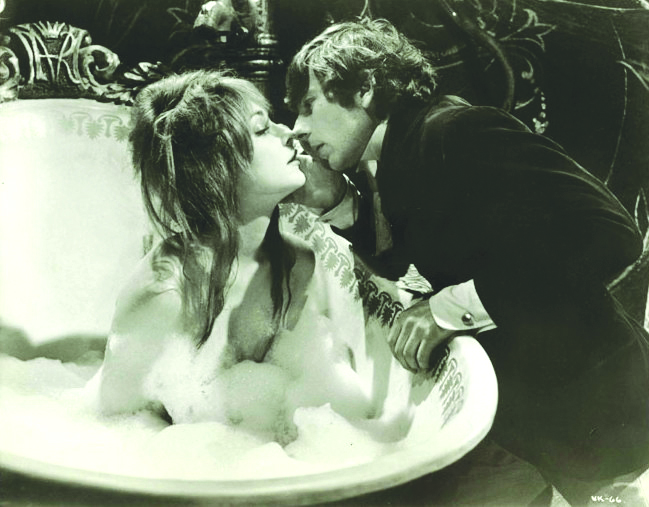
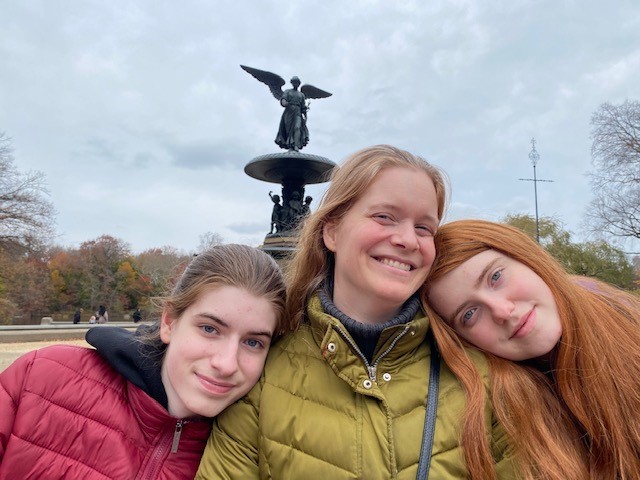
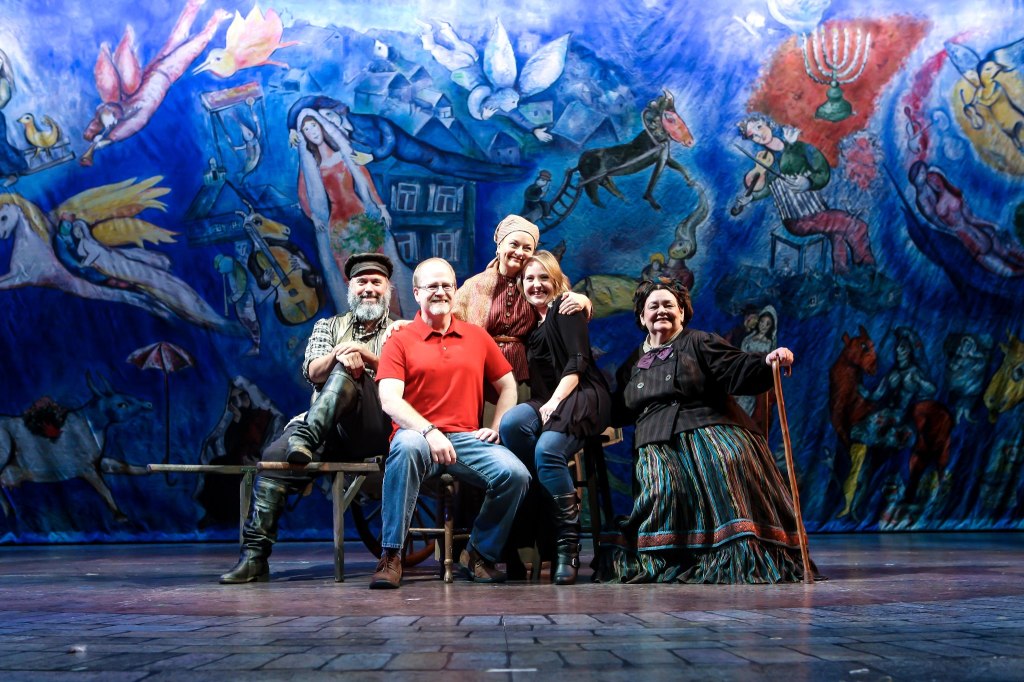
You must be logged in to post a comment.